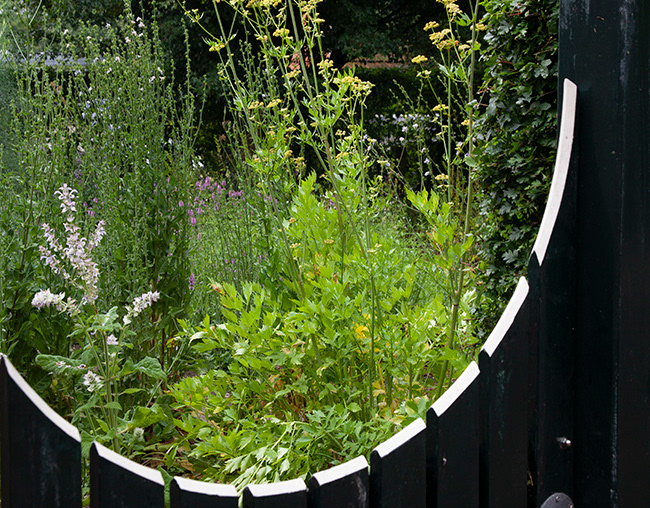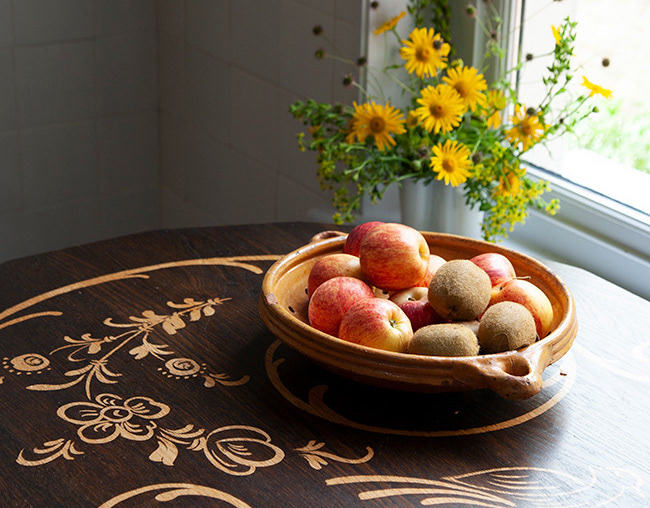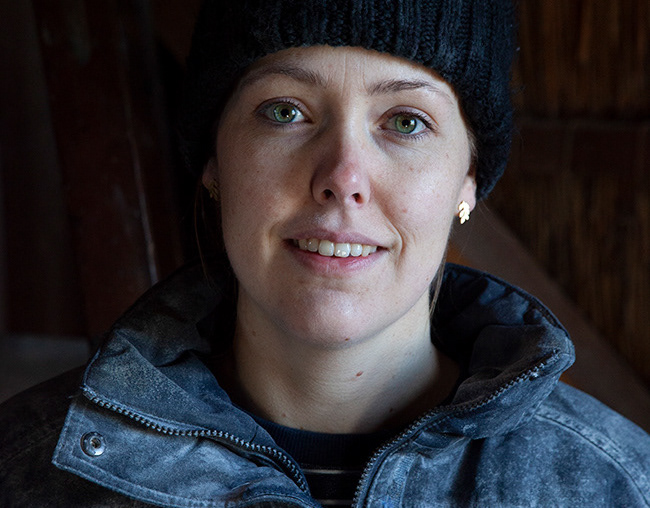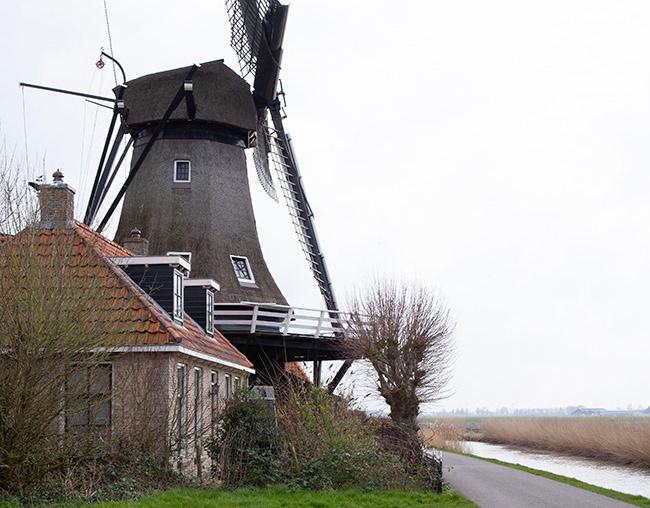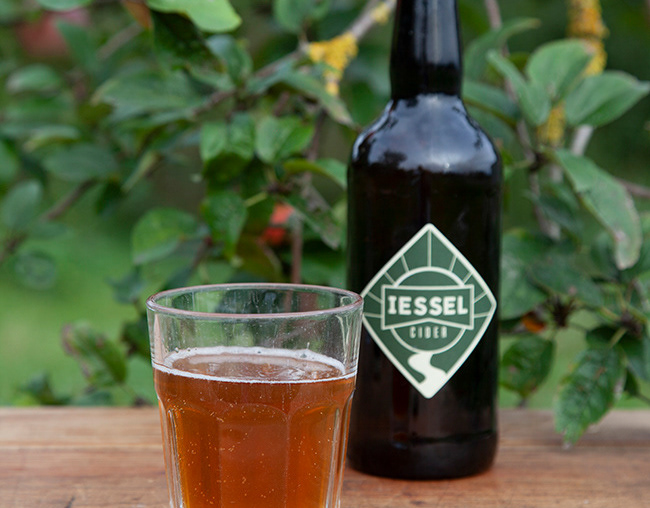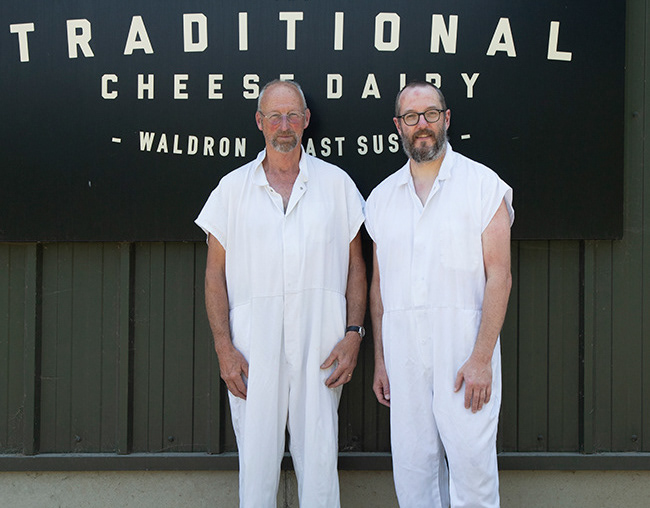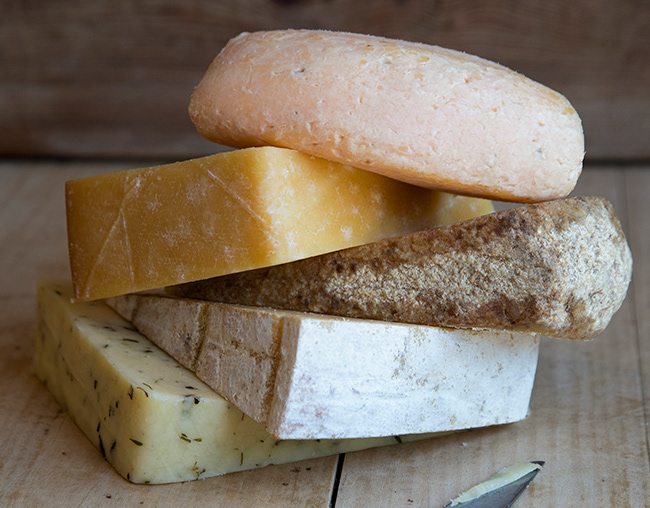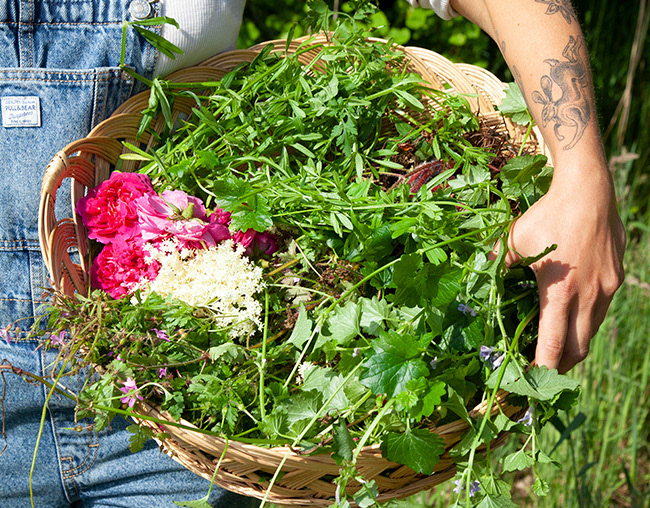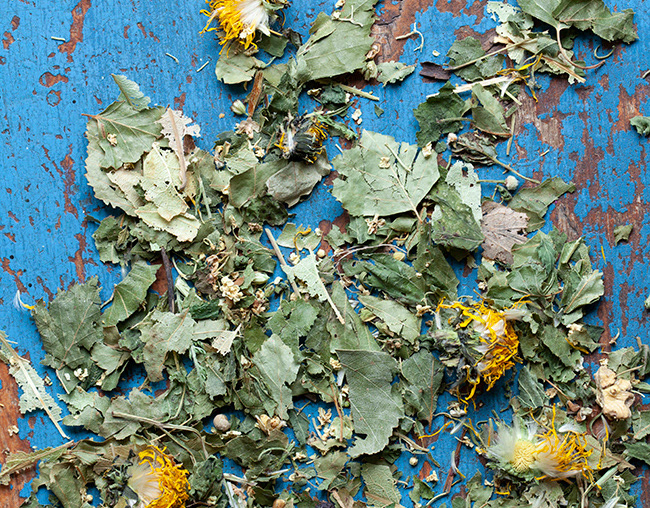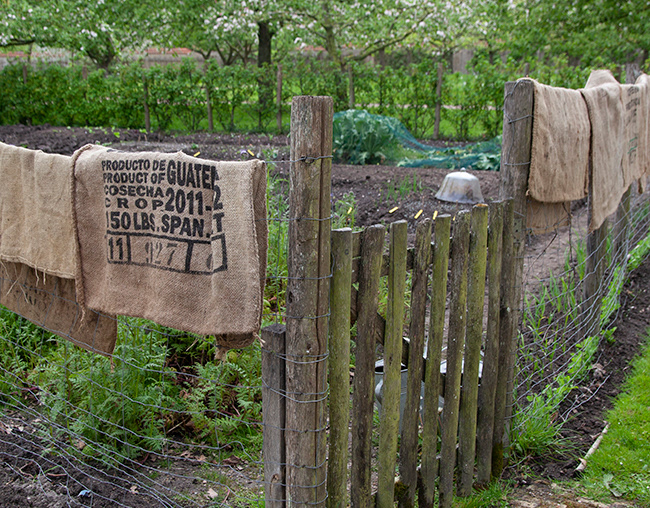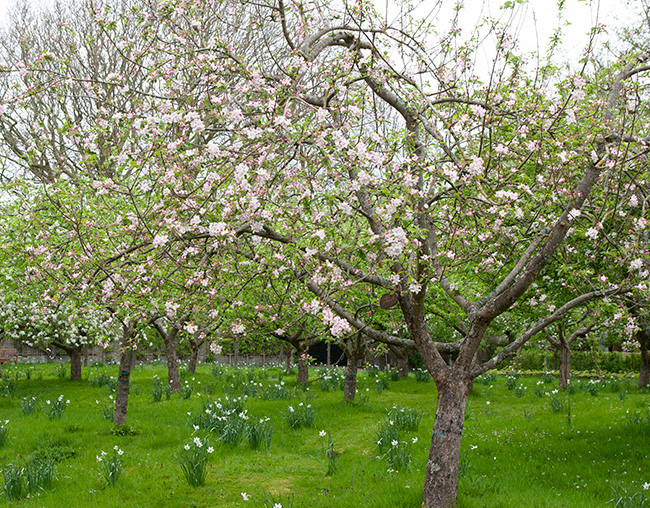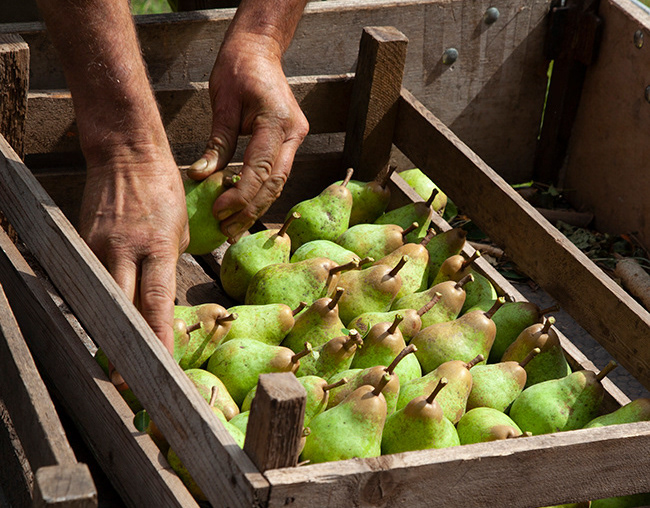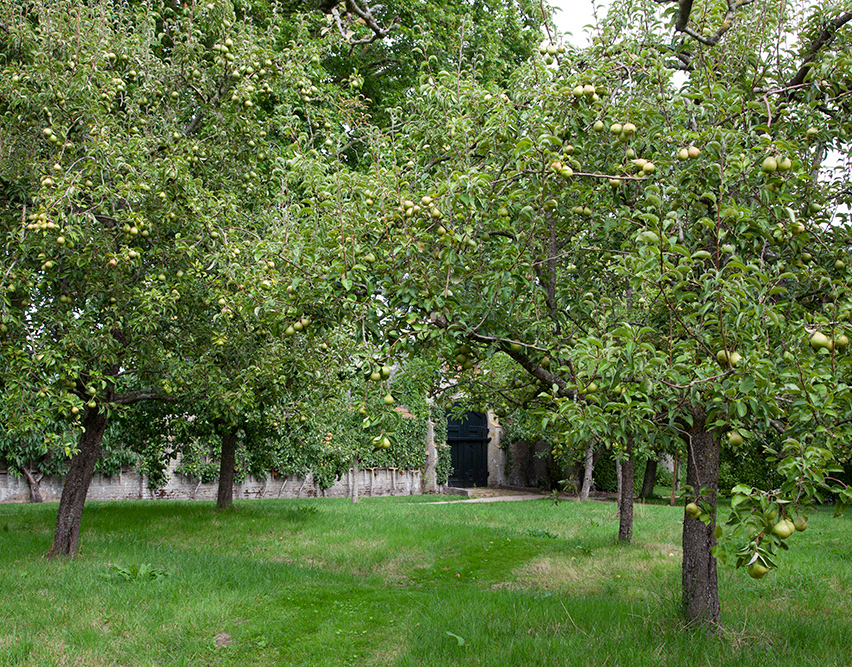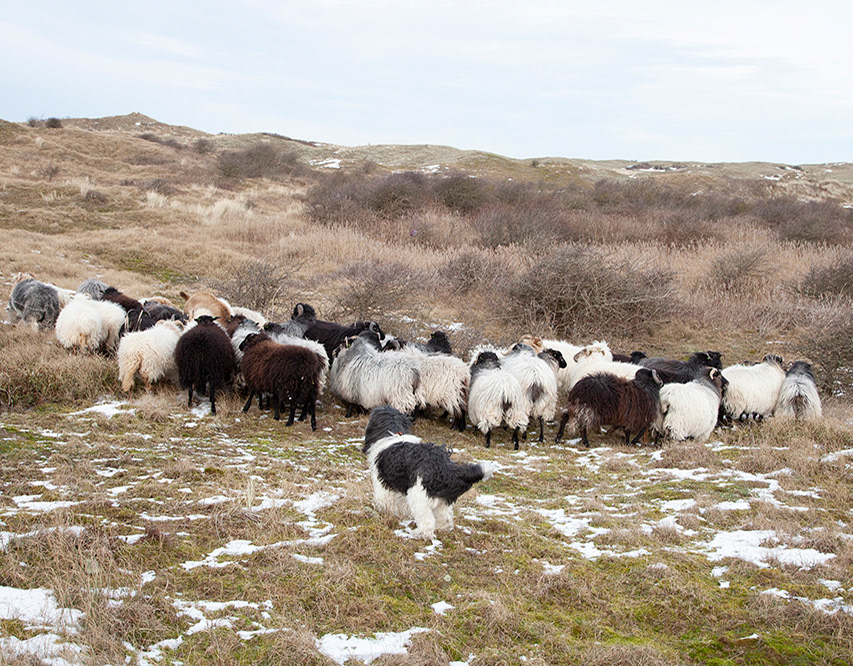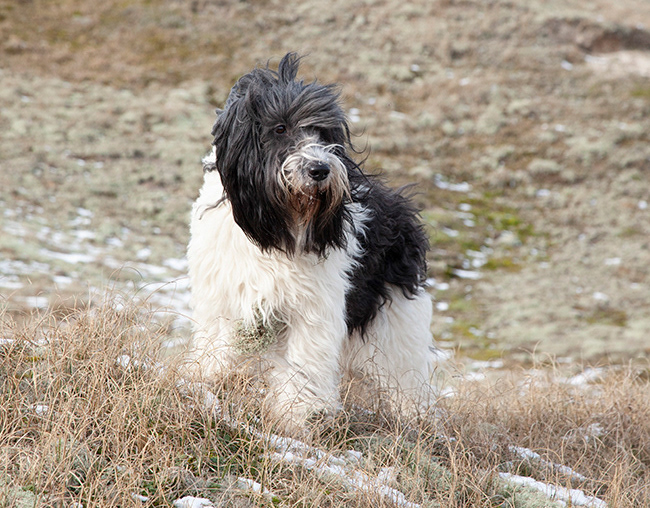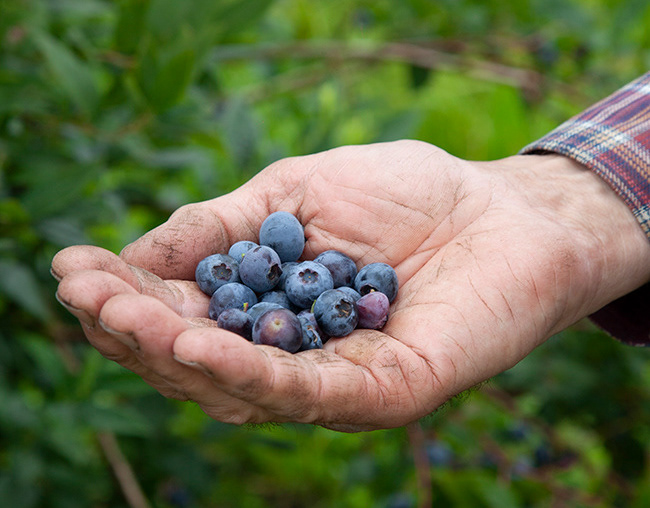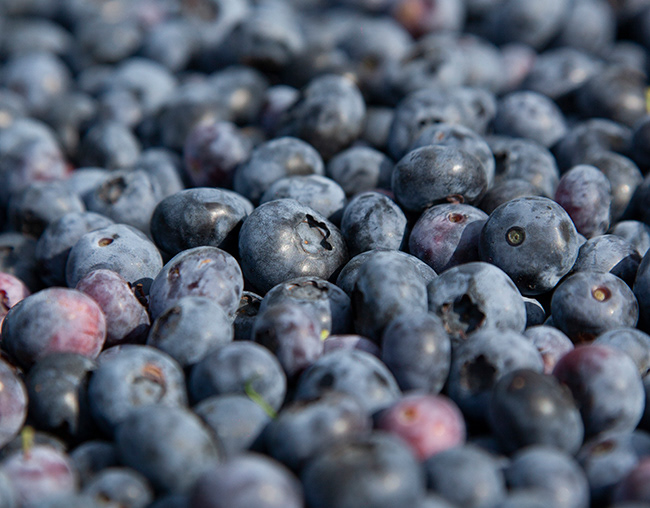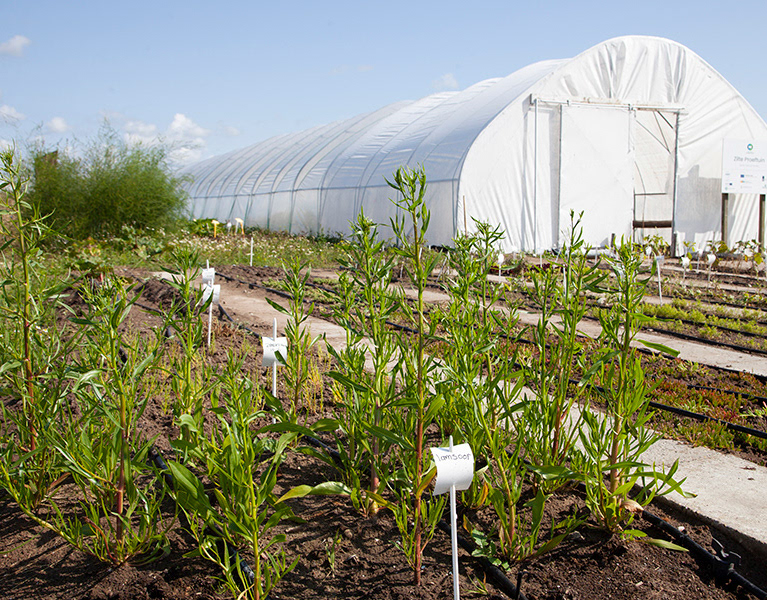Gepubliceerd in SEASONS 02-2021
Photography & Text: © Anna Rubingh Recipes: © Anna Rubingh
In het oude zuivelfabriekje van het Drentse dorp Veenhuizen vind je kaasmakerij Kaaslust waar kaasmaker Jan Craens zijn ambachtelijke Nederlandse kazen maakt. Tenminste dat was tot voor kort zo, het ging zo goed met zijn kaasmakerij dat het grootste deel van de kazen inmiddels even verderop wordt gemaakt, op een ruimere locatie. “Maar ambachtelijk zijn we nog steeds hoor!” zegt zoon André die ook in het bedrijf zit. “Ik ben opgegroeid met kaasmaken” vertelt hij, “dus het is niet zo gek dat kaas ook mijn passie is geworden. Maar mijn vader is de echte kaasmaker, hij is meesterkaasmaker en al vanaf 1975 bezig met het maken van kaas.” Vader Jan is een gepassioneerd kaasmaker, jarenlang bestudeerde hij, naast verschillende kaasrecepten, ook de geschiedenis van kaas in Europa. Door de jaren heen zocht hij naar verfijning van de bereiding en rijping van zijn kazen en bedacht hij nieuwe recepten.
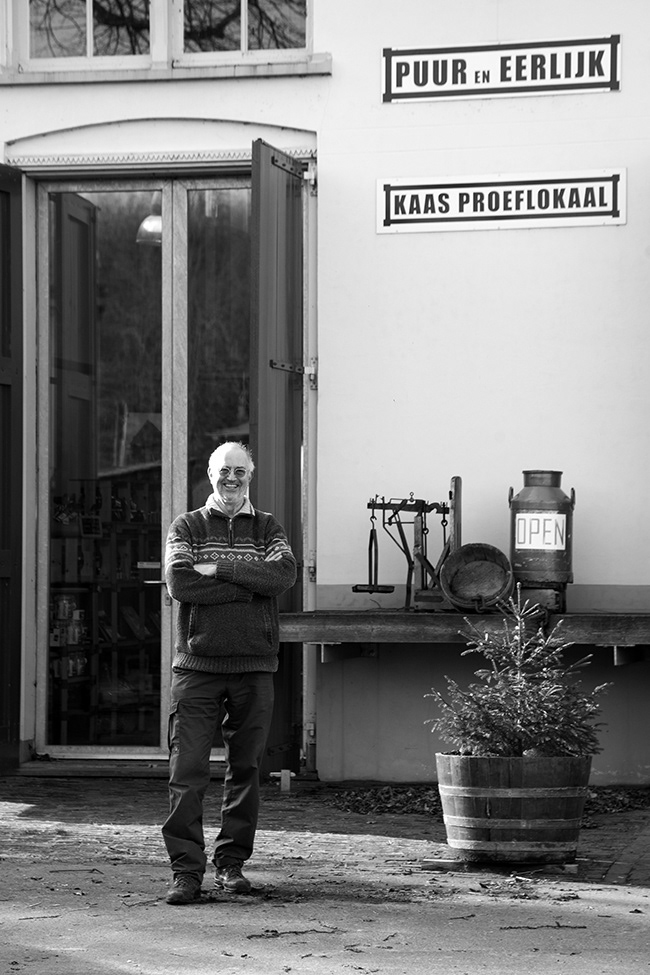
KL 001
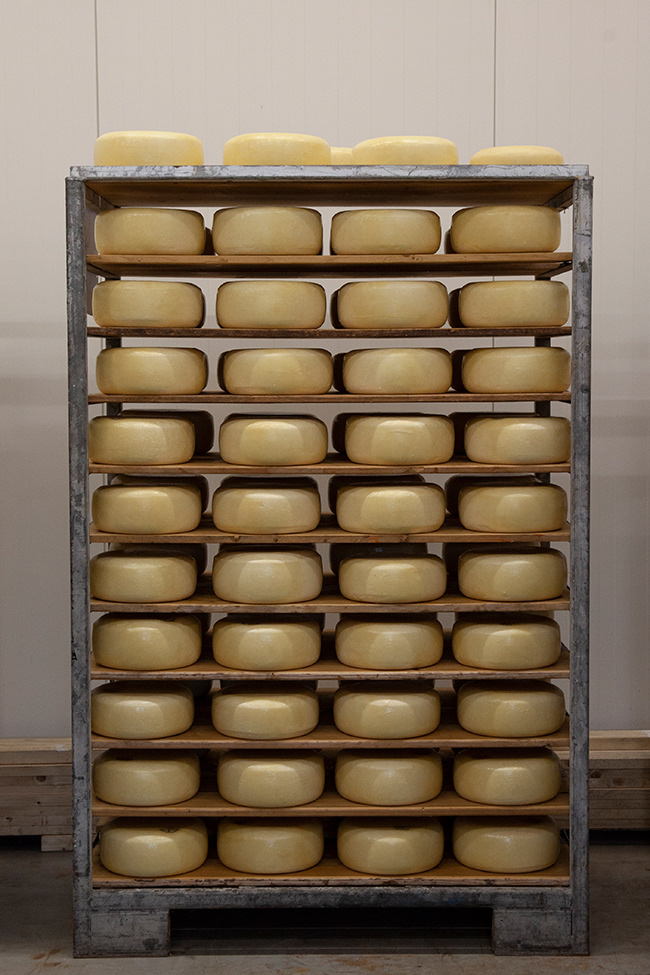
KL 002
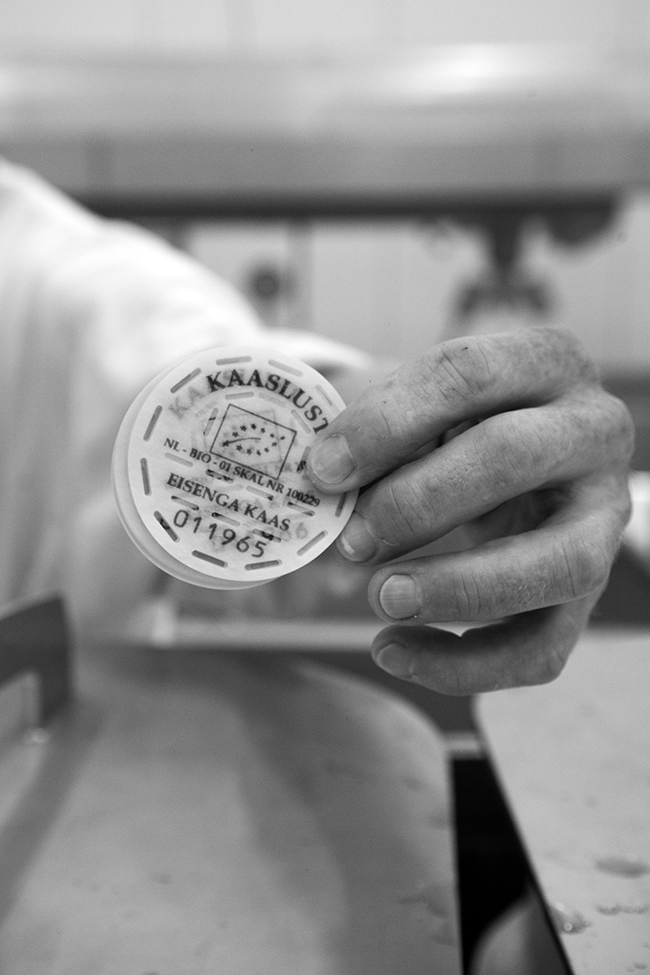
KL 003
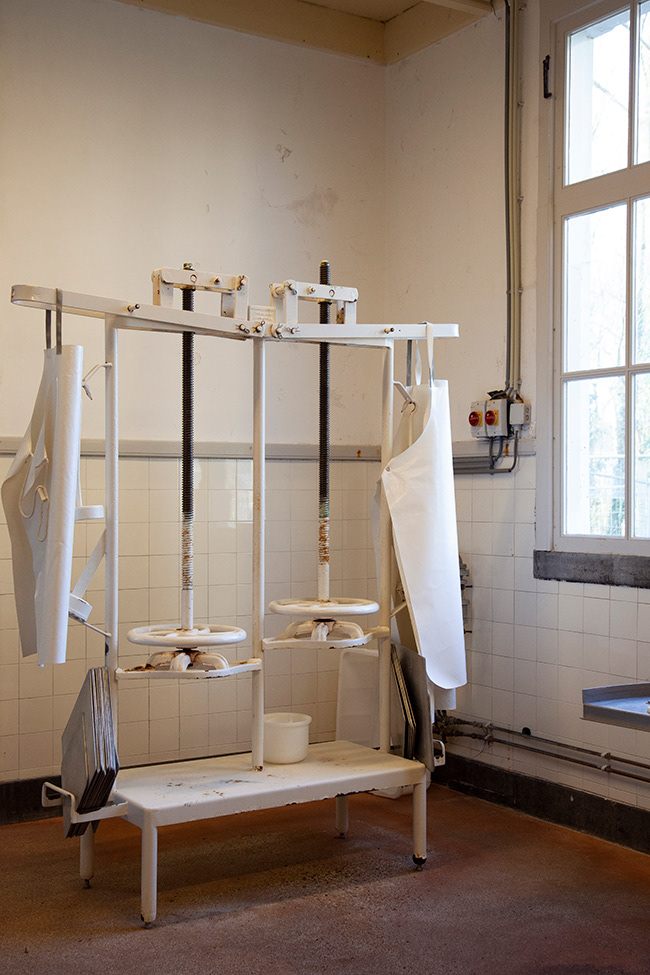
KL 004
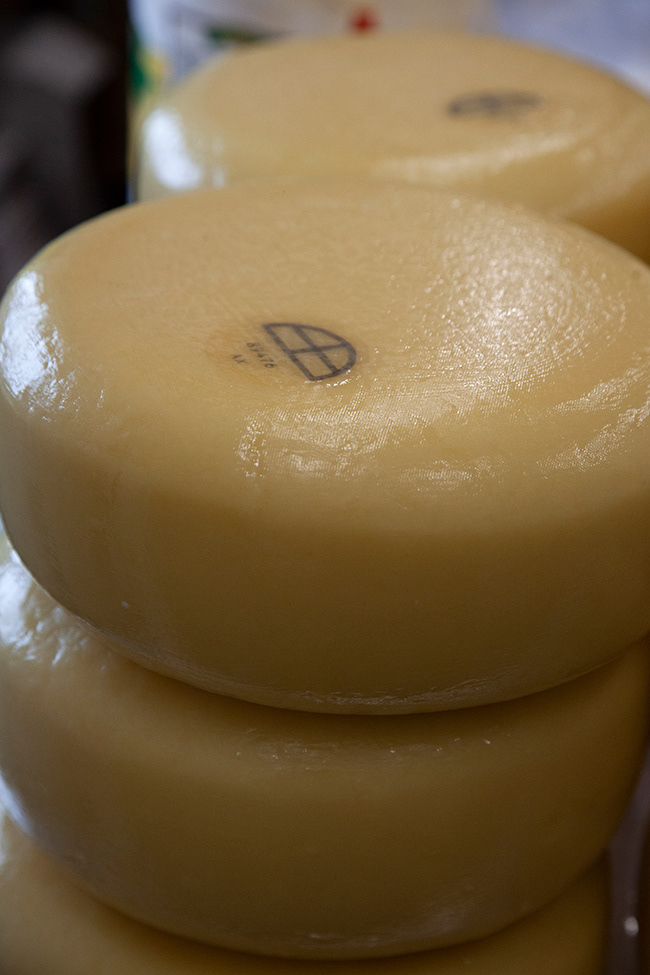
KL 005
In het bijzondere oude zuivelfabriekje, wat een beetje verstopt ligt achter het gebouw van de oude graanmaalderij van Veenhuizen, vind je het winkeltje waar je al die verrukkelijke Kaaslust-kazen kunt proeven én kopen. Achter een imposante glazen wand, die het winkeltje scheidt van de kaasopslag daarachter, staan hoge schappen met planken vol kazen.
Een stukje van de geschiedenis van het dorp Veenhuizen is duidelijk terug te zien in het oude witte zuivelfabriekje. Veenhuizen heeft een bijzondere geschiedenis. In 1818 richtte generaal Johannes van den Bosch de Maatschappij van Weldadigheid op. Hij stichtte koloniën in het destijds afgelegen, woeste Drenthe waar arme gezinnen uit de steden in het westen van het land een nieuw bestaan konden opbouwen. Veenhuizen is één van deze voormalige koloniën van de Maatschappij van Weldadigheid die inmiddels door UNESCO zijn genomineerd als werelderfgoed.
De koloniën ontstonden vanuit een sociale gedachte en het initiatief van generaal van den Bosch staat daardoor aan de wieg van ons huidige sociale stelsel. De koloniën moesten zelfredzaam zijn, zo waren er naast boerderijen dus ook plaatsen waar die landbouwproducten konden worden verwerkt. Veenhuizen had een eigen graanmaalderij en spinnerij bijvoorbeeld én het zuivelfabriekje waar nu Kaaslust gevestigd is.
“Die geschiedenis is belangrijk voor ons bedrijf, het maakt deel uit van Kaaslust” vertelt zoon André Craens. “In 2010 lag het oude fabriekje er verlaten en verwaarloosd bij, mijn vader heeft samen met de gemeente ervoor gezorgd dat de oude graanmaalderij en het oude zuivelfabriekje gerestaureerd en weer in gebruik genomen werden, zo is Kaaslust ontstaan.” Bovenop de gevel prijkt het logo van Kaaslust, een grafisch portret van Johannes van der Bosch. "Daar hebben we bewust voor gekozen, dat erfgoed en die sociale gedachte waaruit de koloniën van Weldadigheid zijn ontstaan vindt mijn vader belangrijk, daarom koos hij dit logo voor zijn kaasmakerij."
“We maken echte Nederlandse kaas” vertelt André, “en biologisch als het even kan. Lokaal in ieder geval, onze melk komt van boeren uit de regio. We maken kaas van koemelk, maar ook Nederlandse schapen- en geitenkaas en een combinatie van die soorten. We hebben heel veel verschillende soorten kazen, maar ze zijn allemaal ambachtelijk en Nederlands van fantastische volle, romige melk”
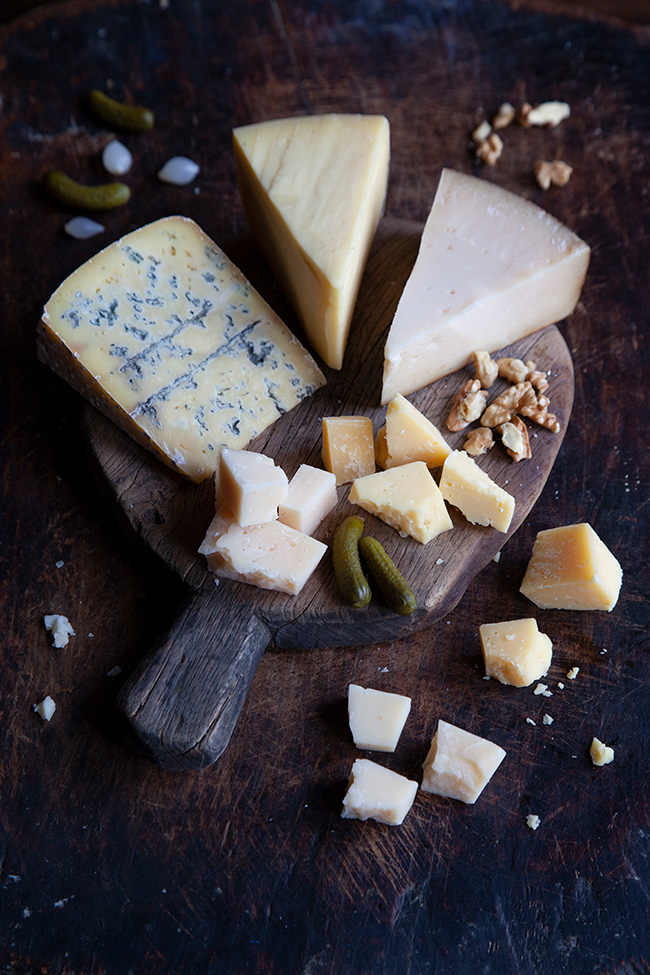
KL 006
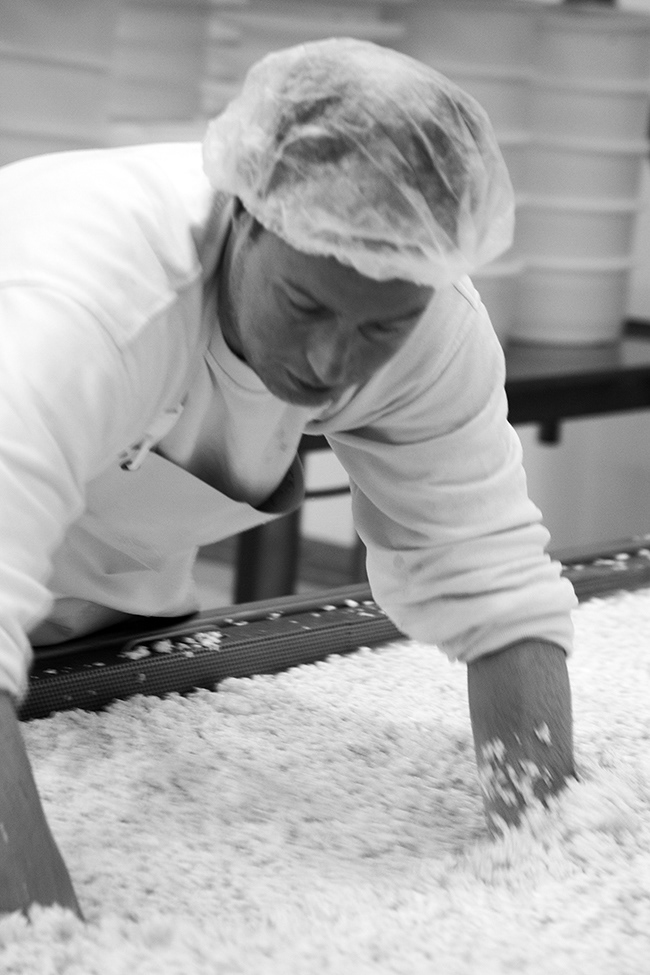
KL 007
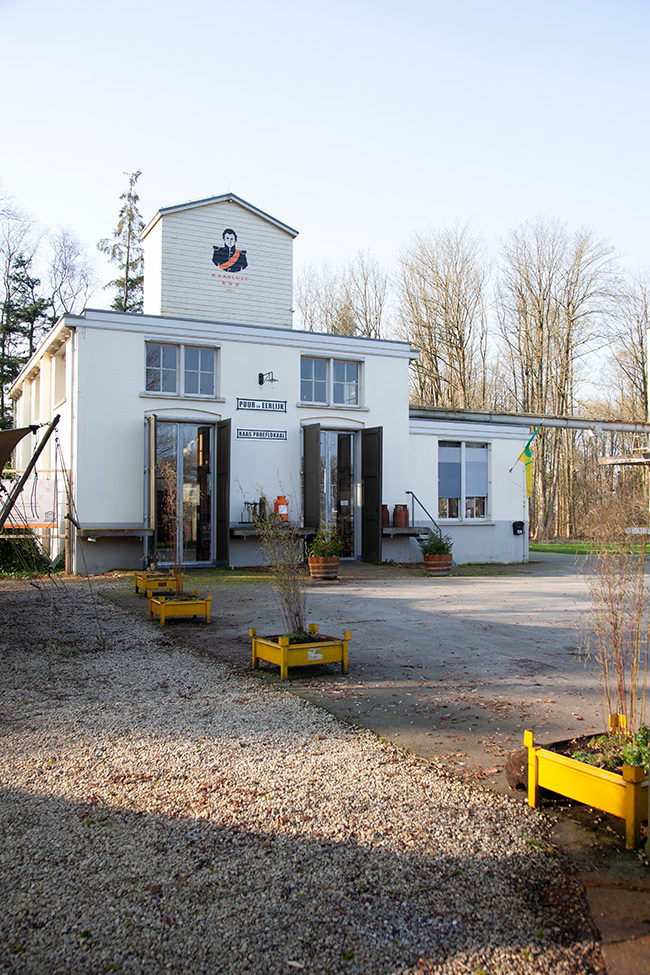
KL 008
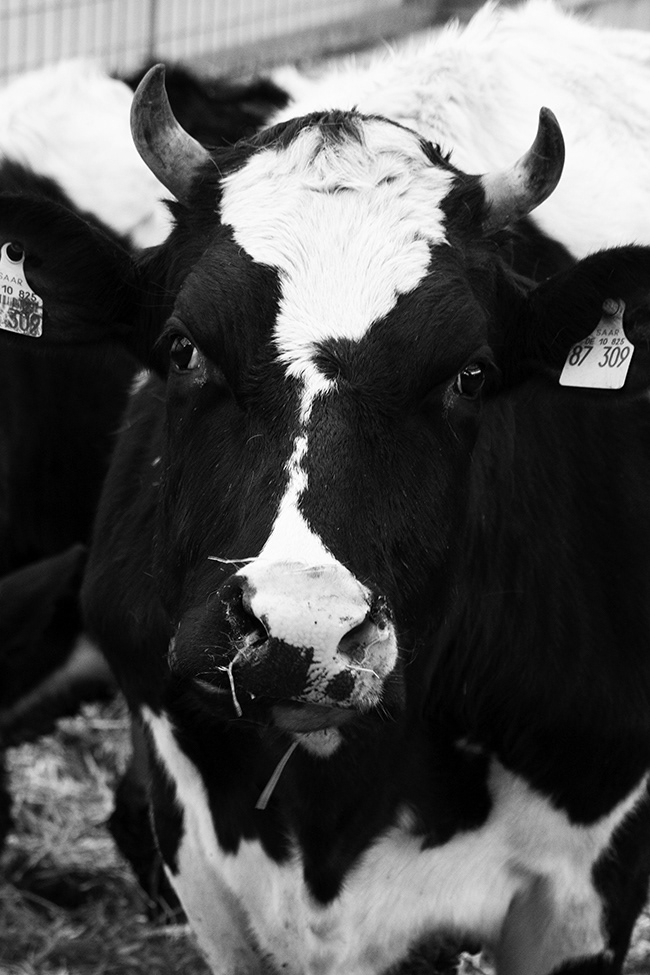
KL 009
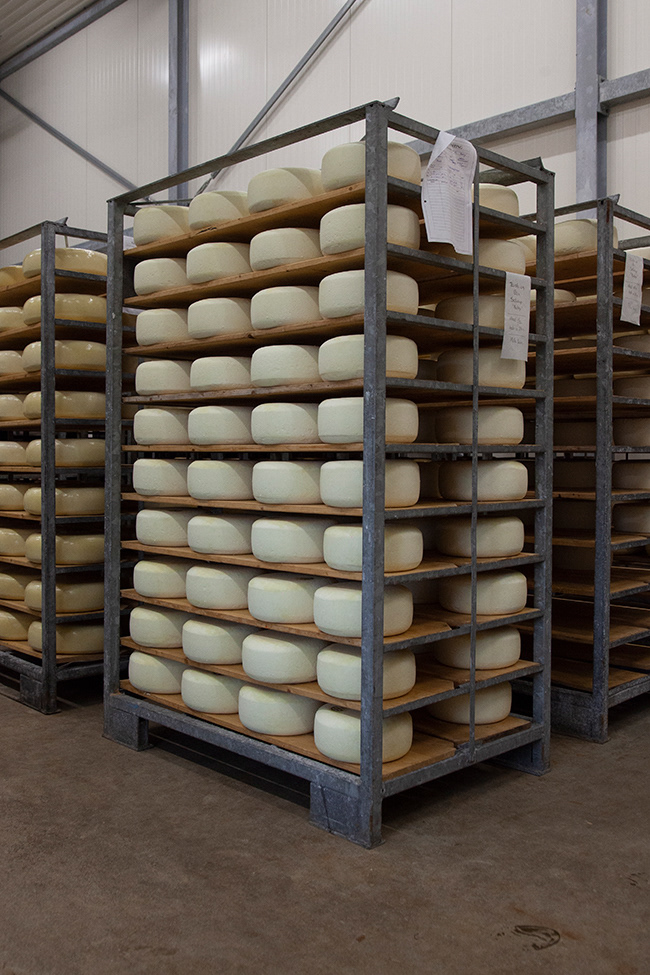
KL 010
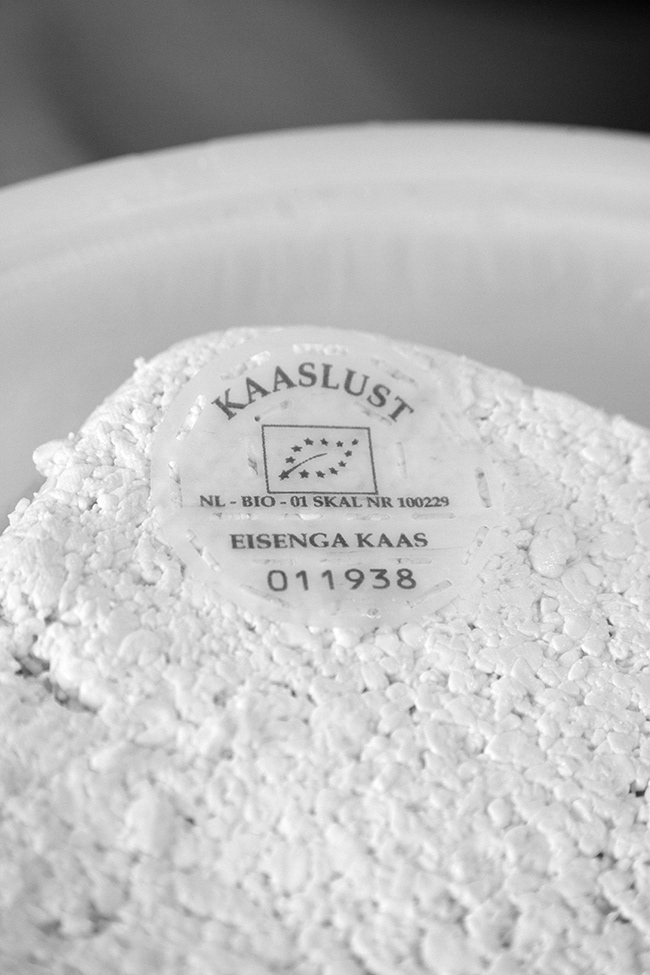
KL 011
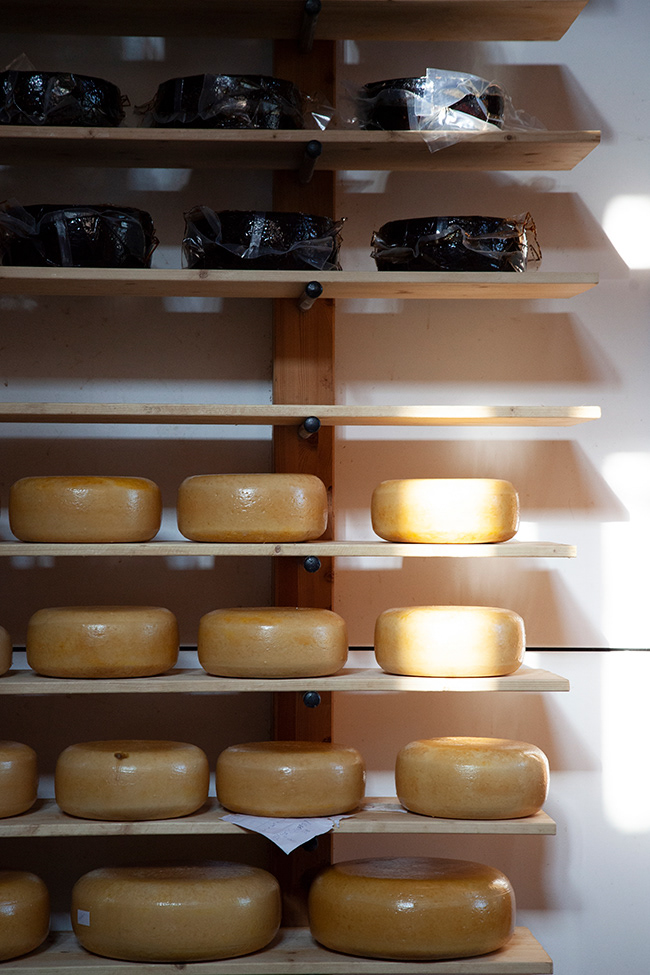
KL 012
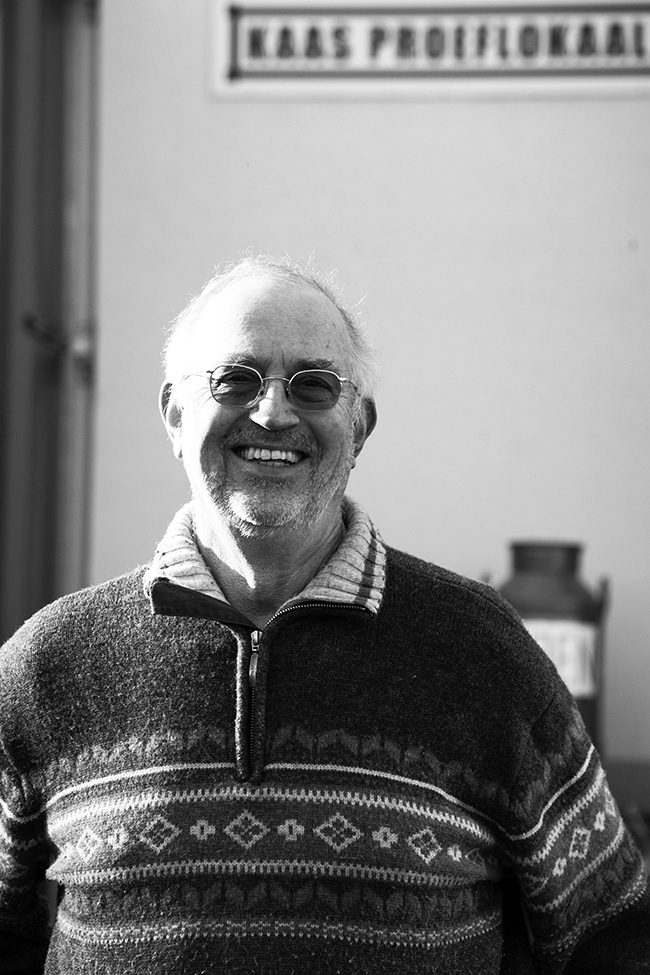
KL 013
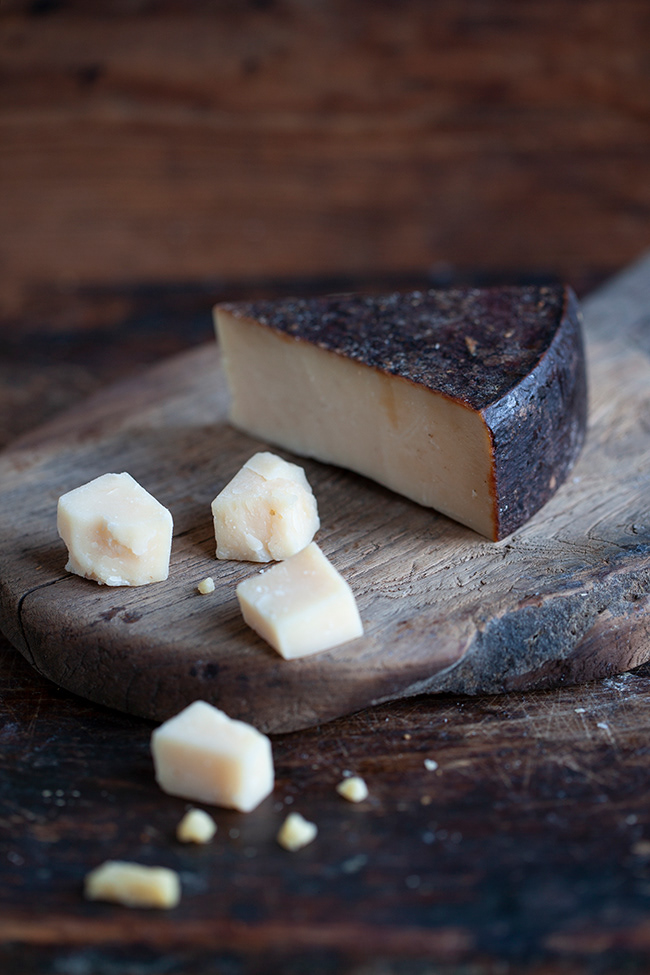
KL 014
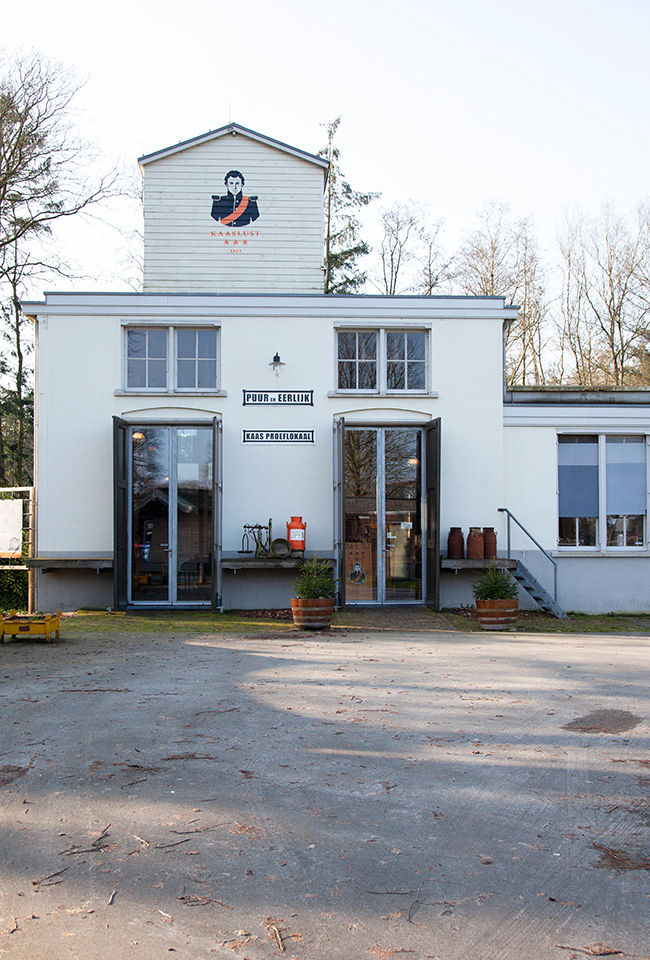
KL 015
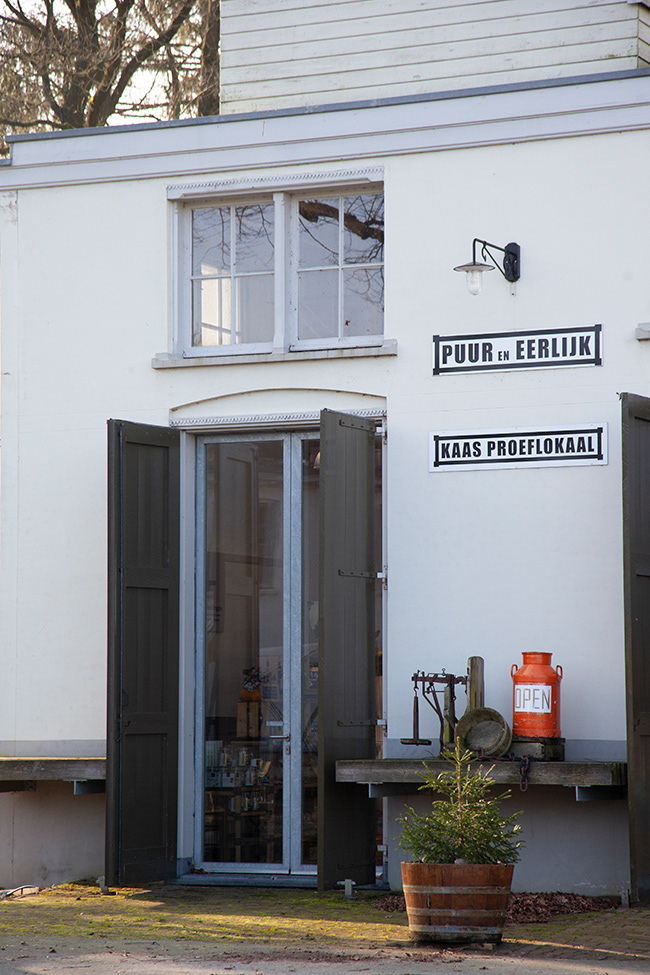
KL 016
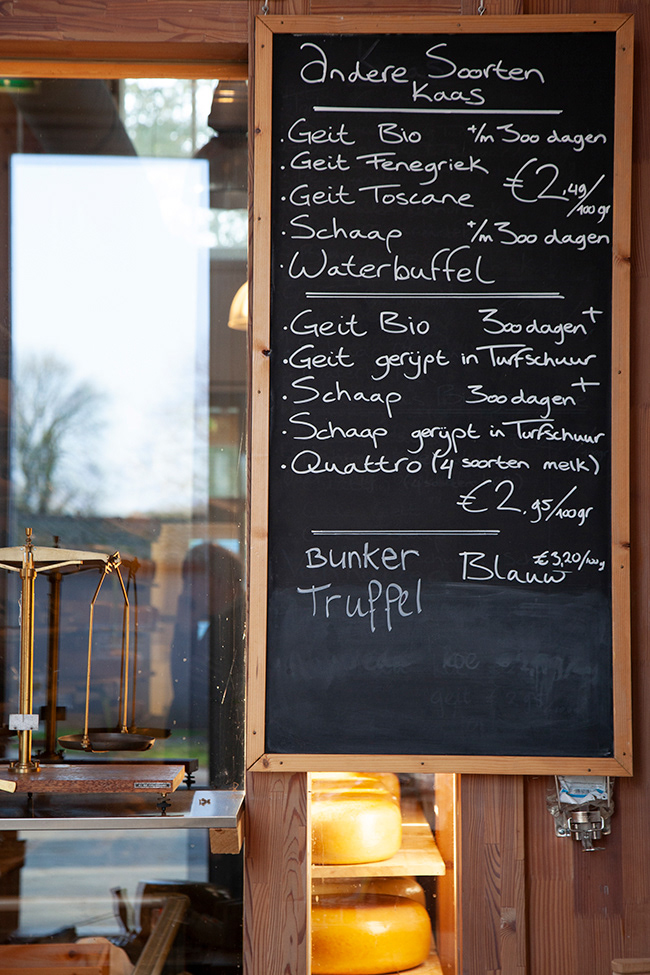
KL 017
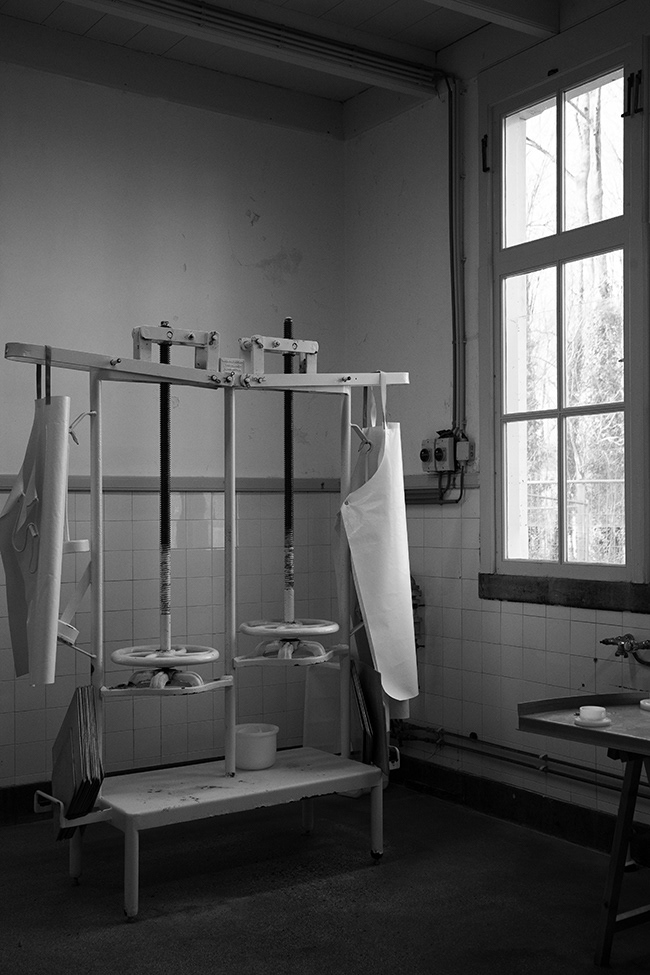
KL 018
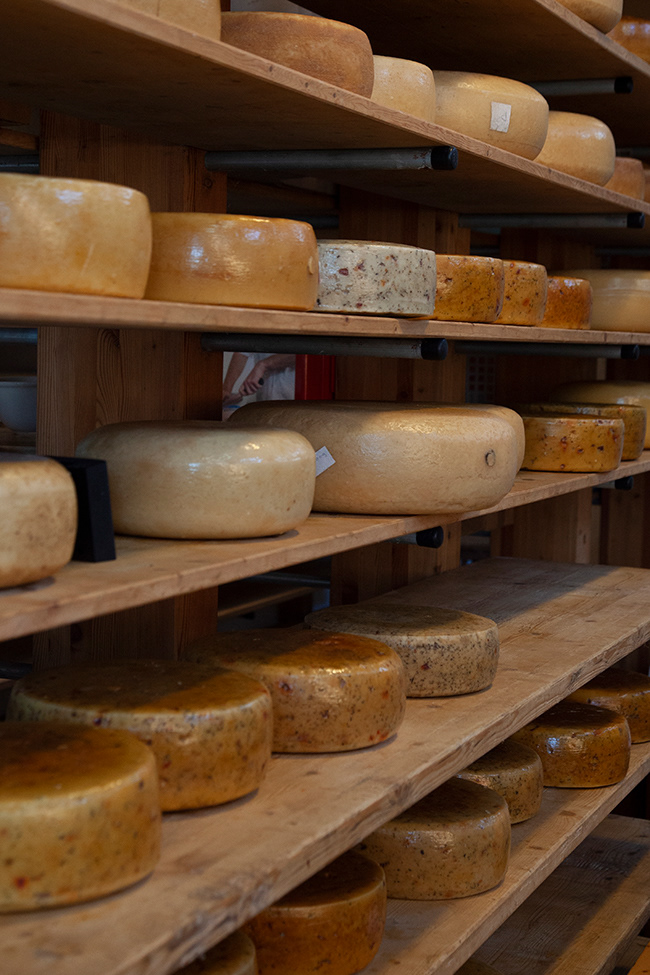
KL 019
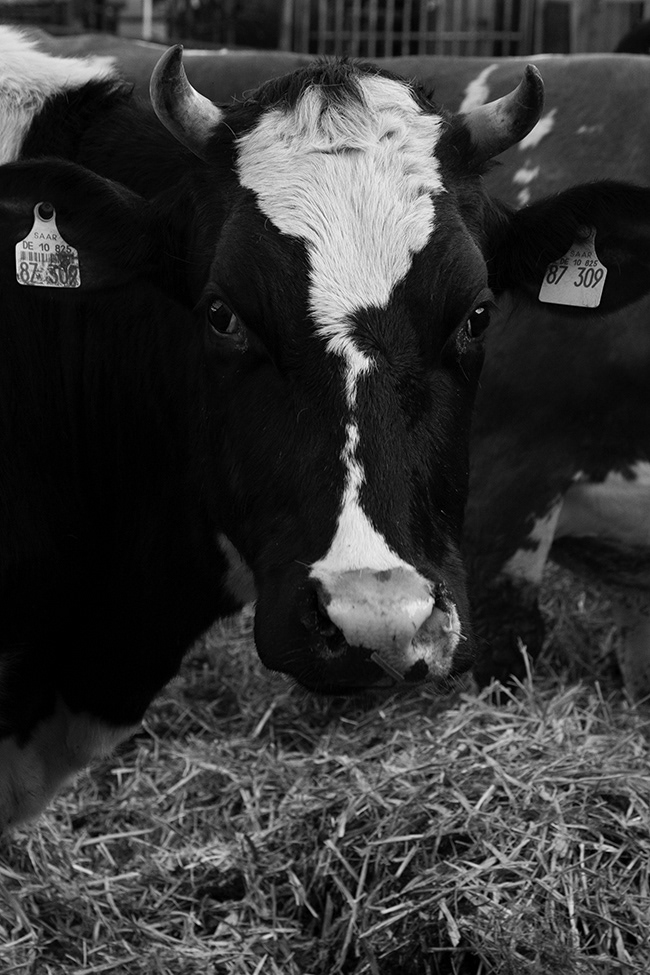
KL 020
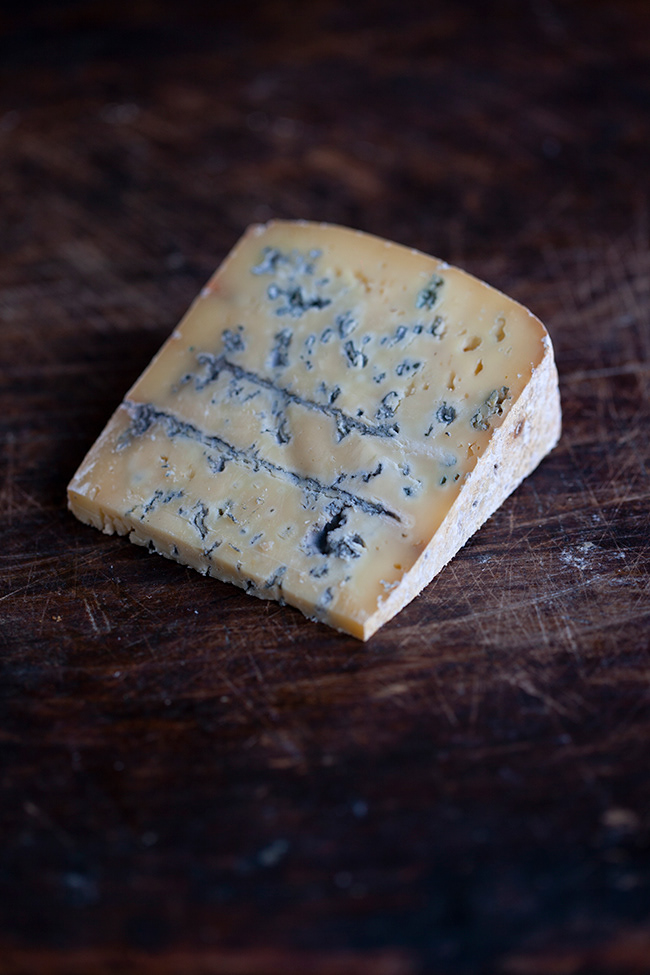
KL 021
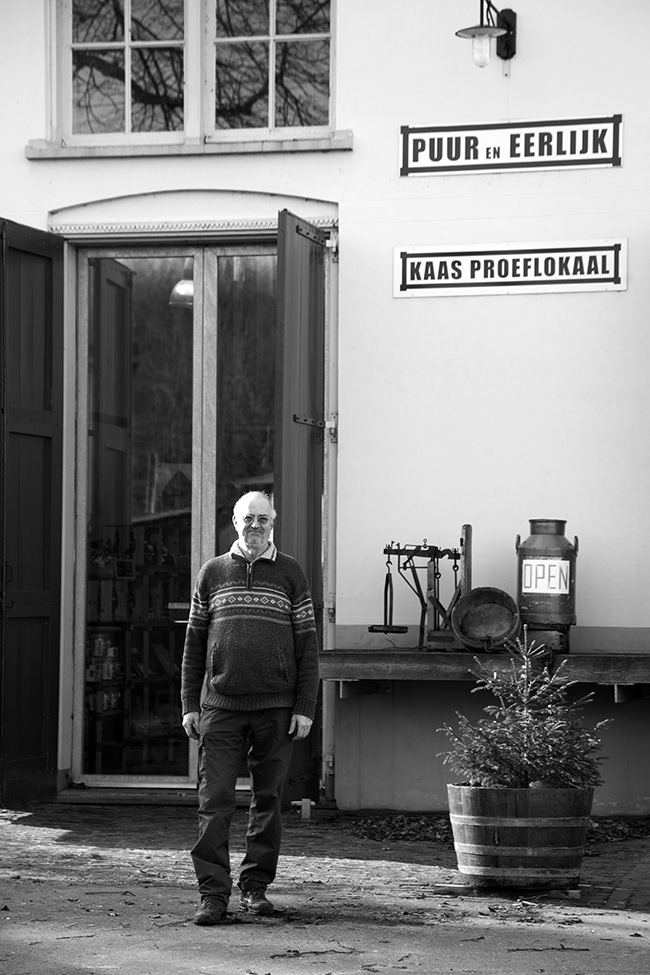
KL 022
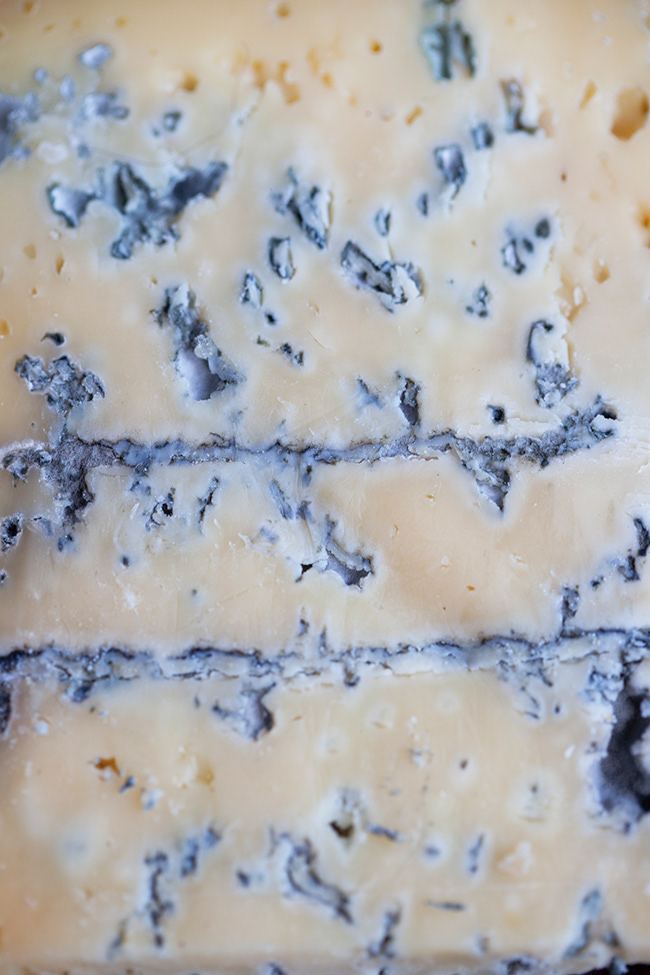
KL 023
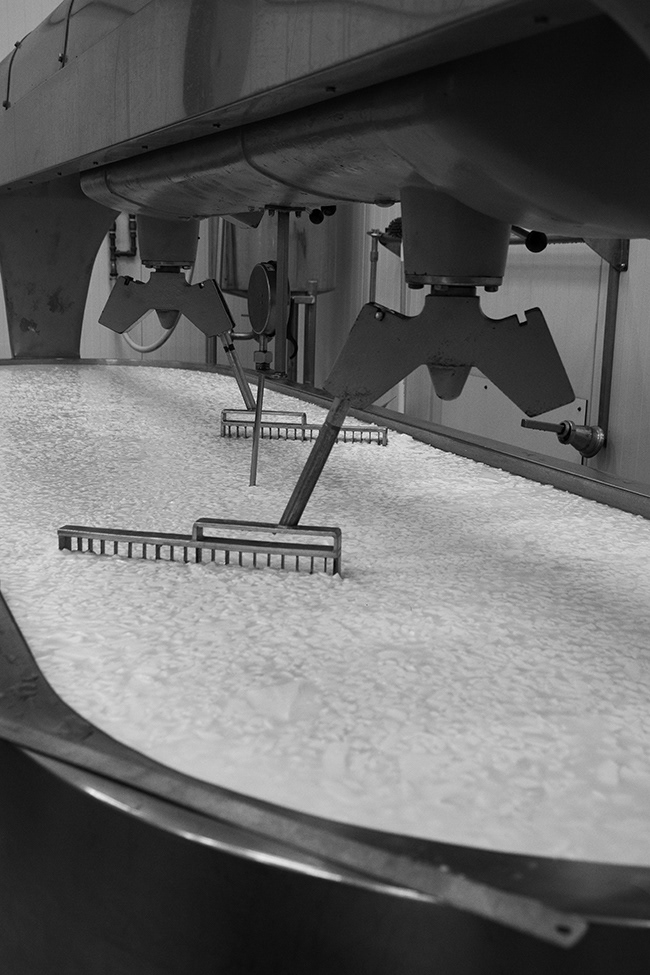
KL 024
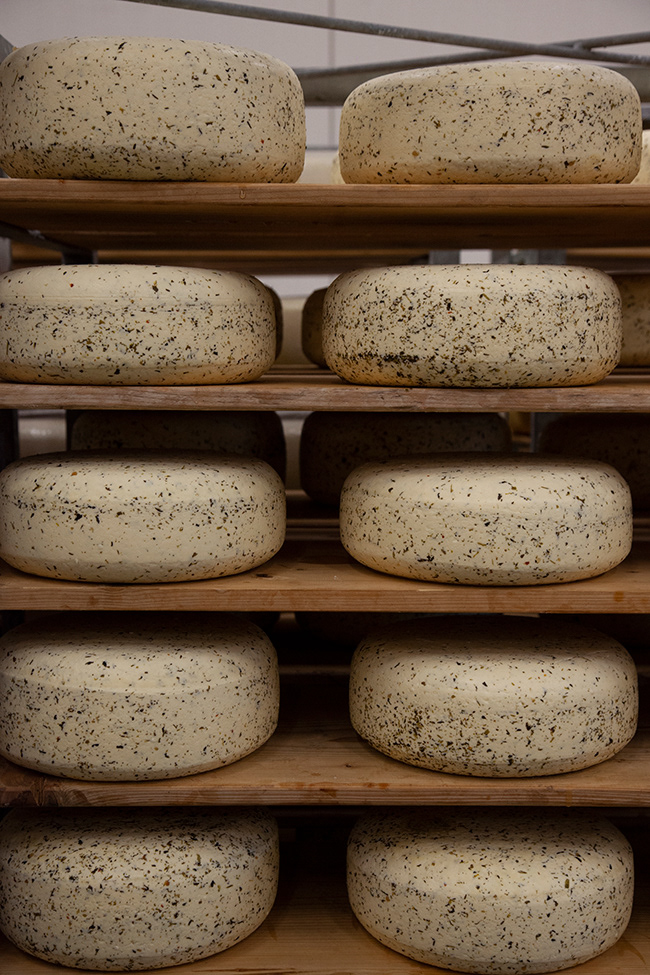
KL 025
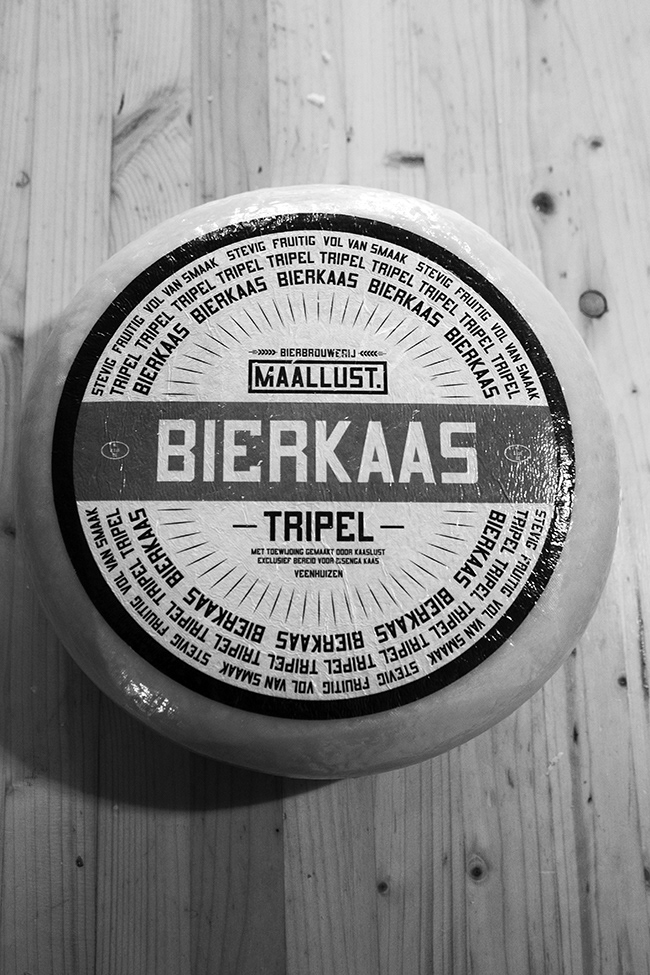
KL 026
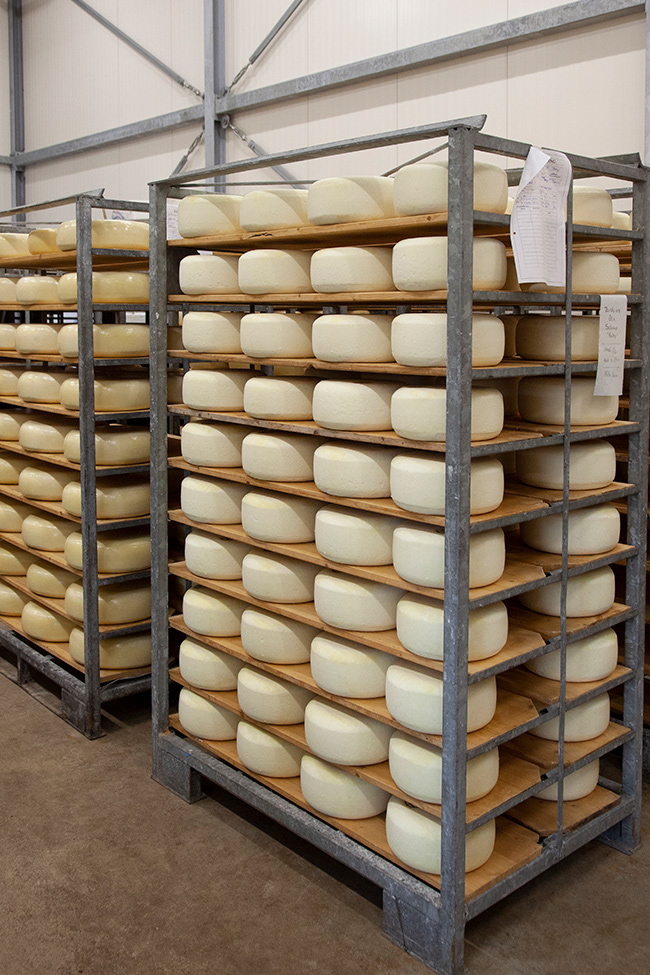
KL 027
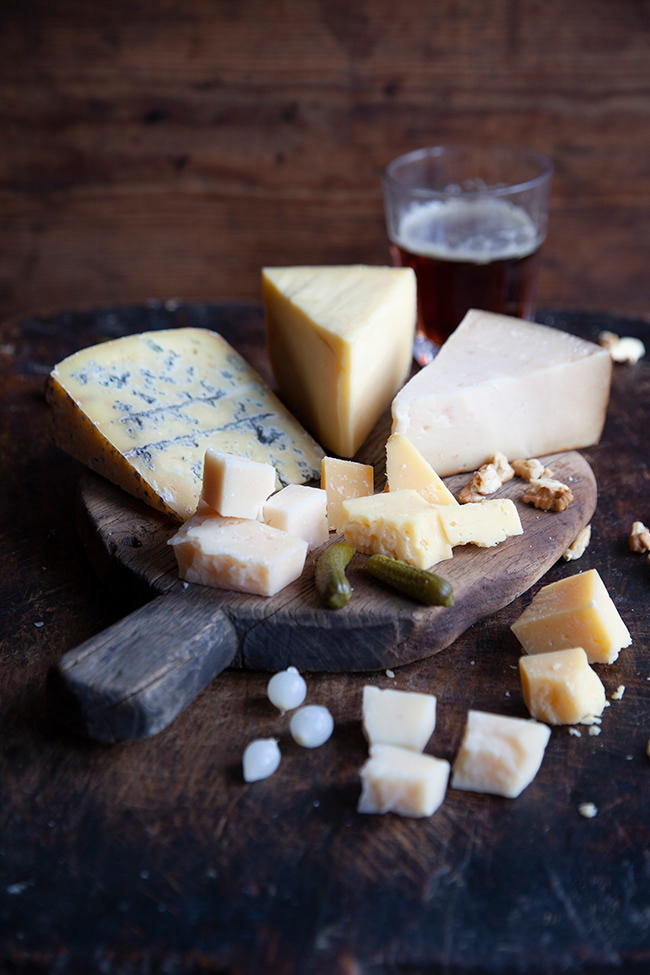
KL 028
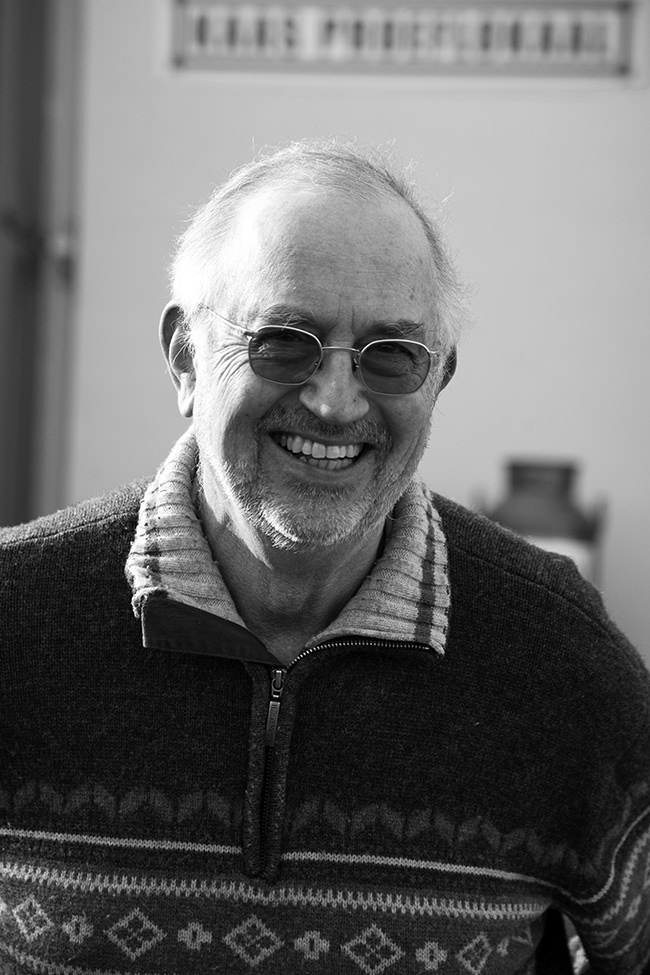
KL 029
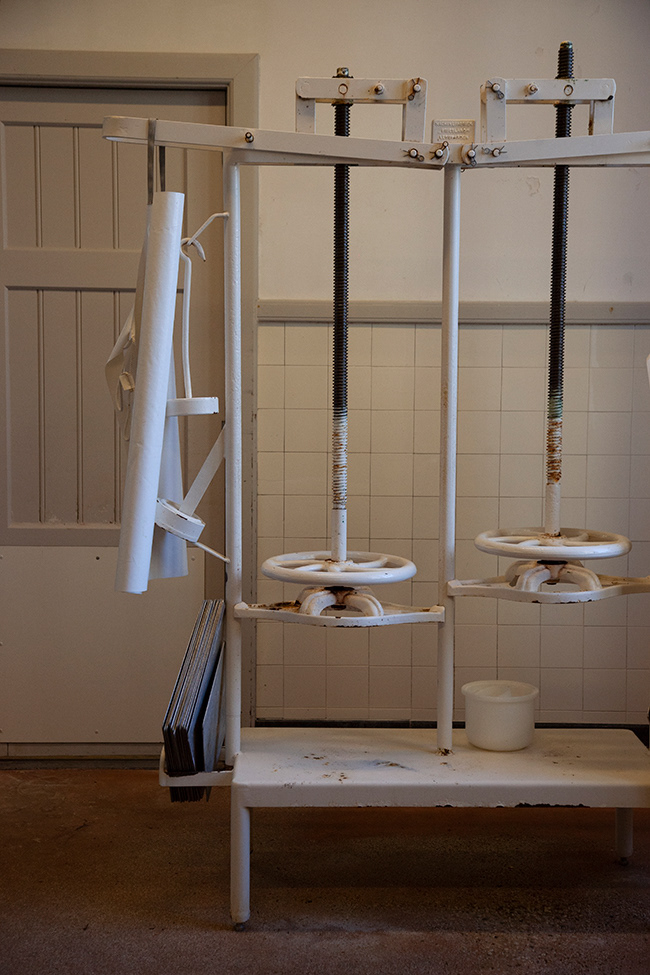
KL 030
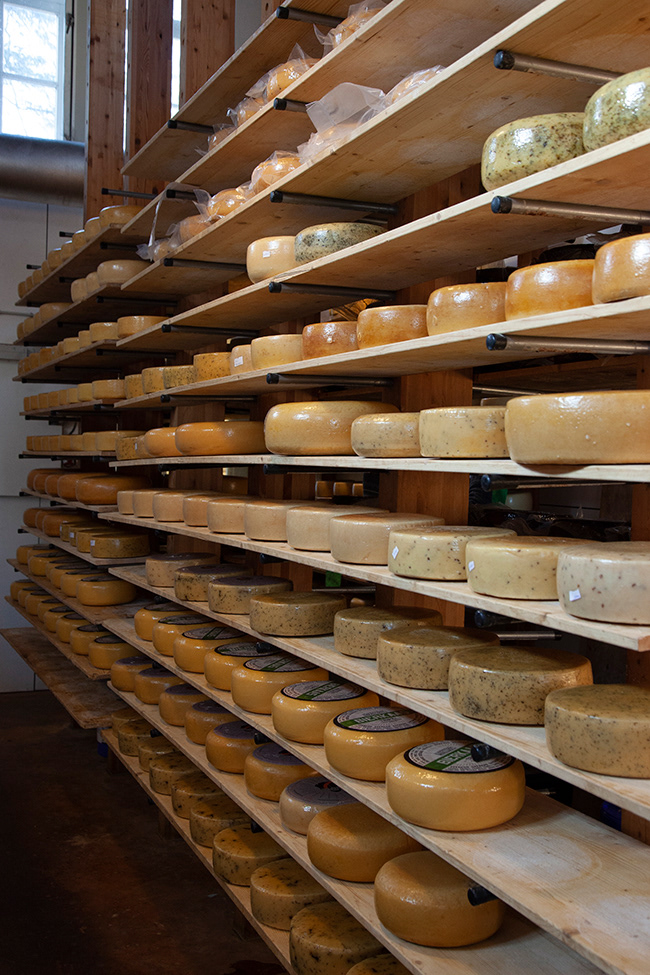
KL 031
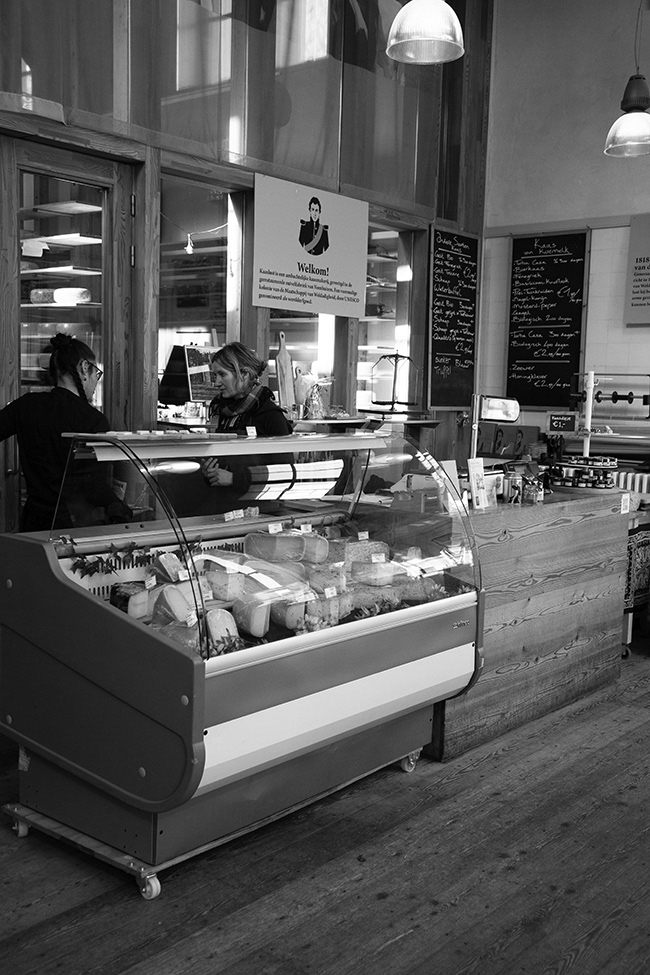
KL 032
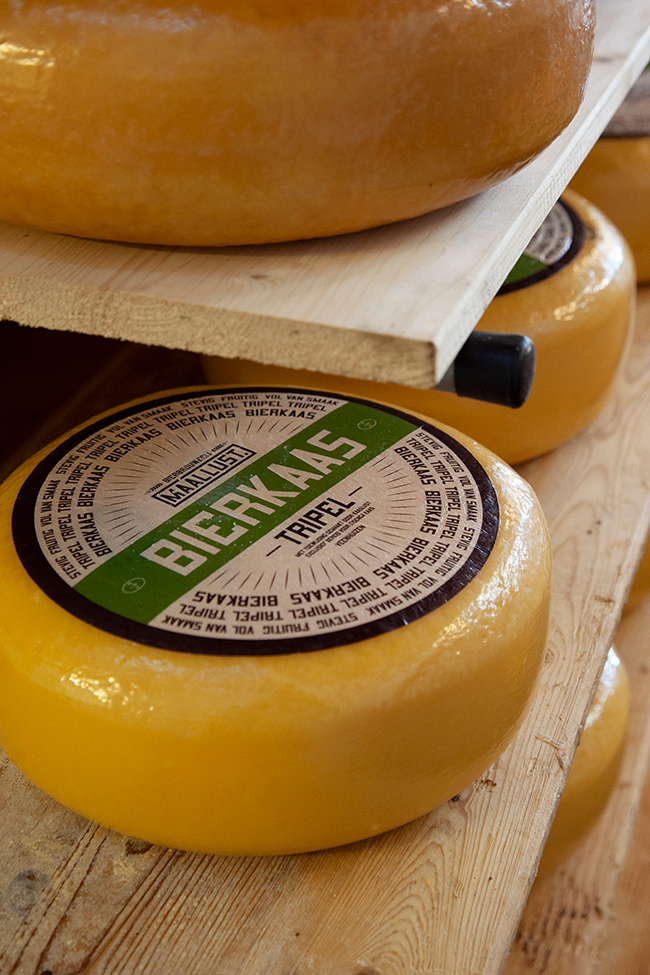
KL 033
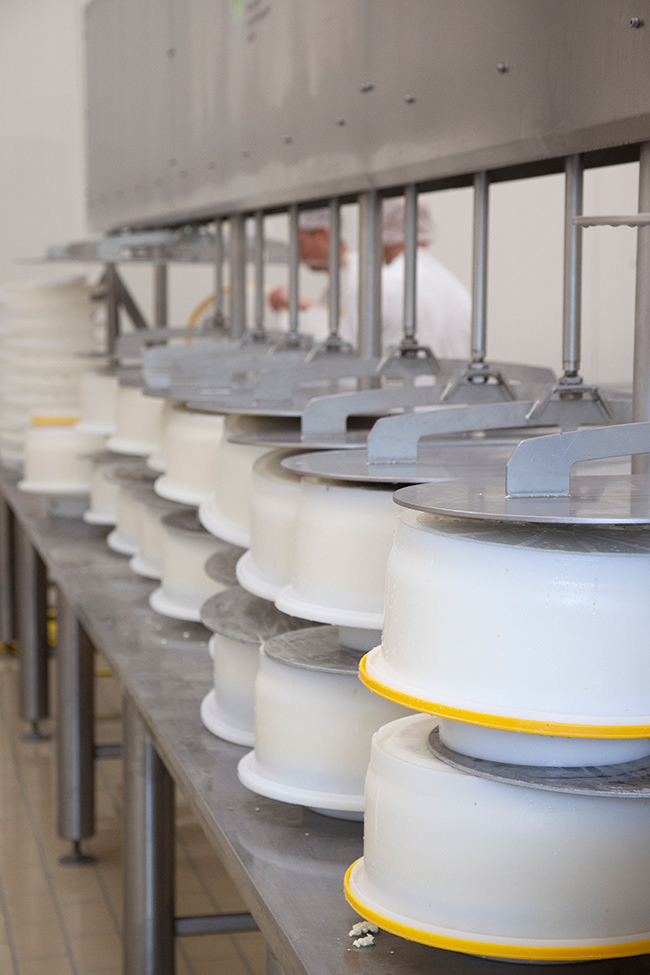
KL 034
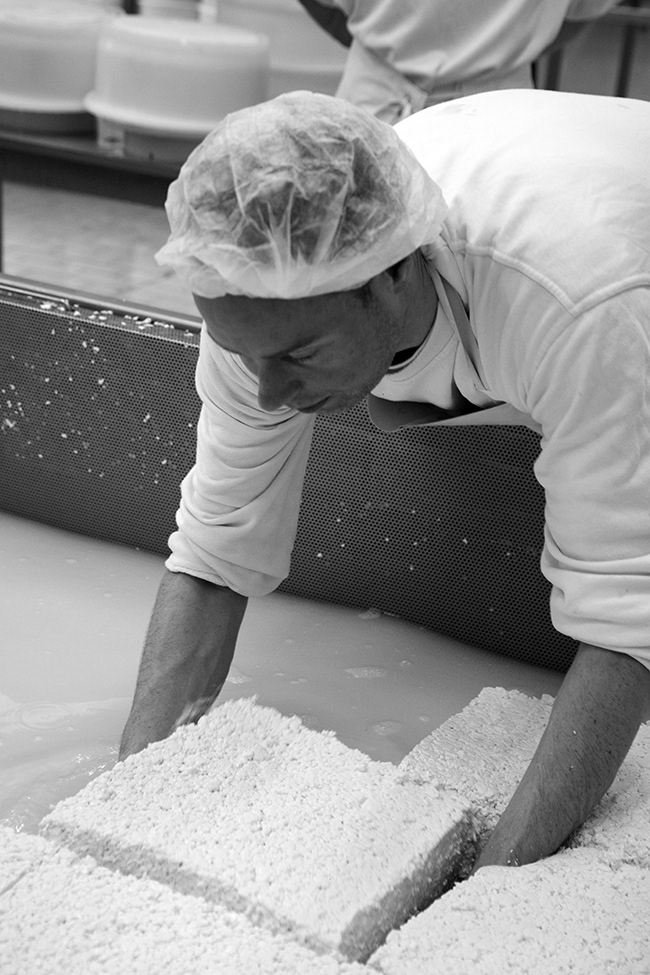
KL 035
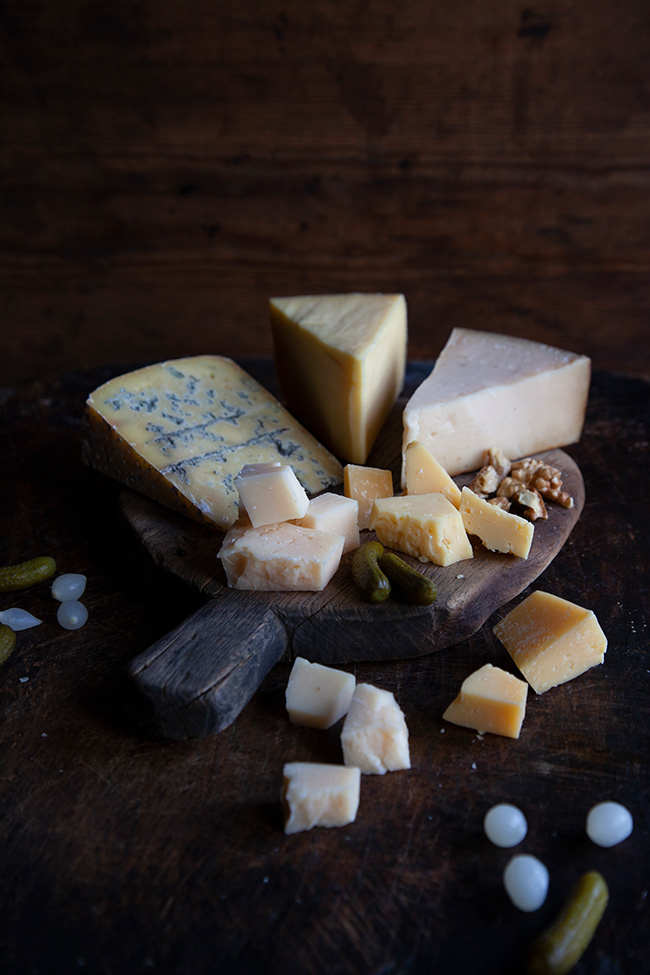
KL 036
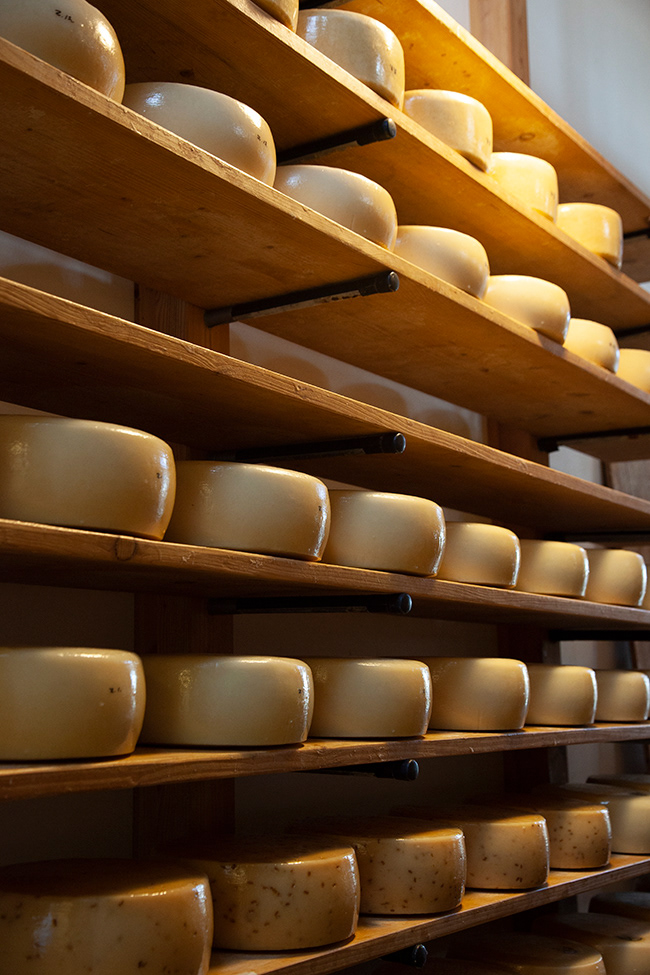
KL 037
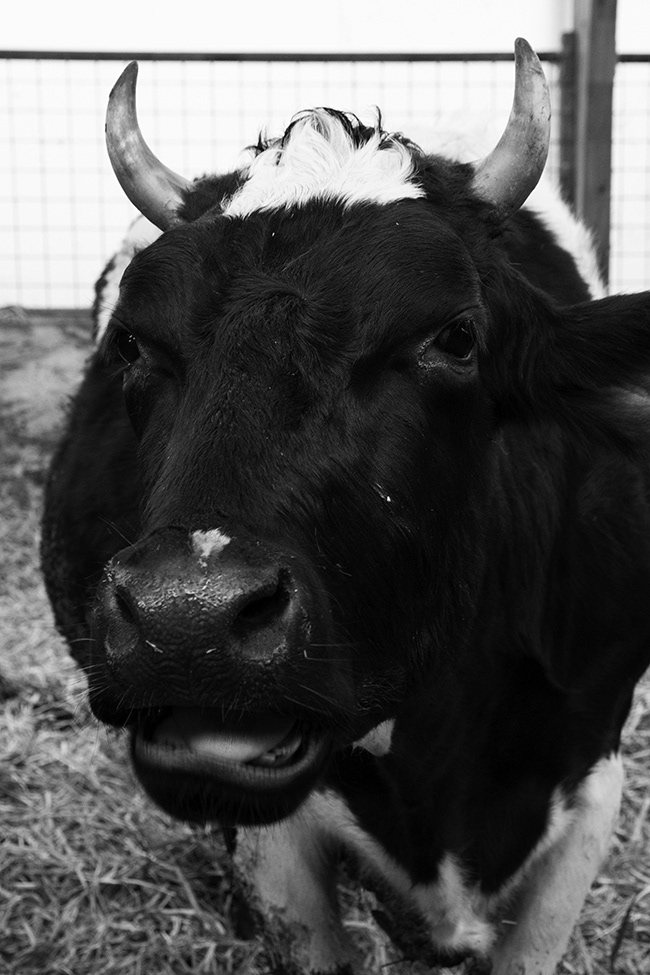
KL 038
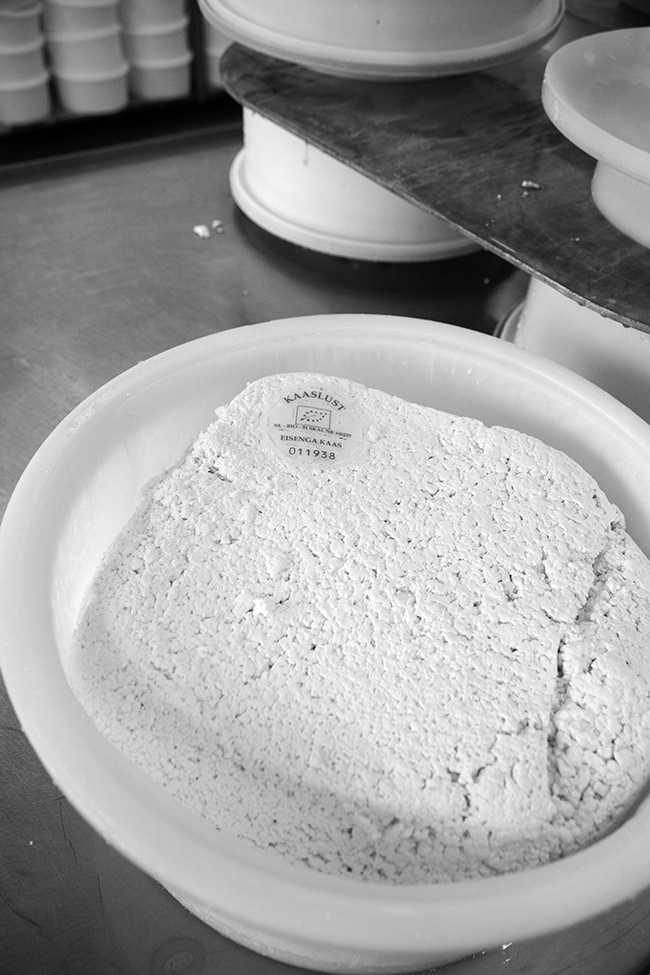
KL 039
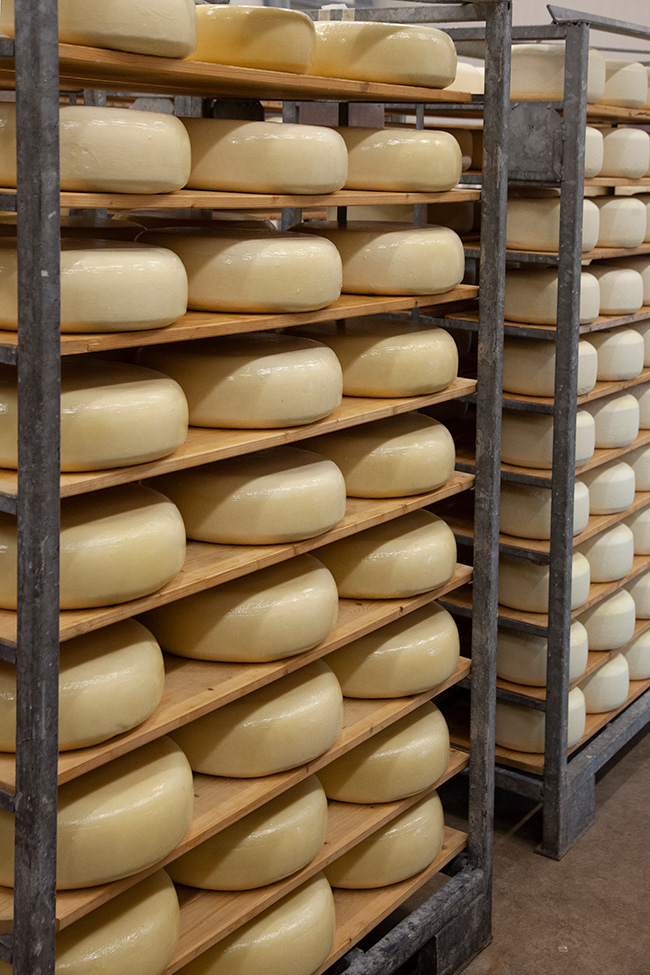
KL 040
Photography & Text: © Anna Rubingh Recipes: © Anna Rubingh
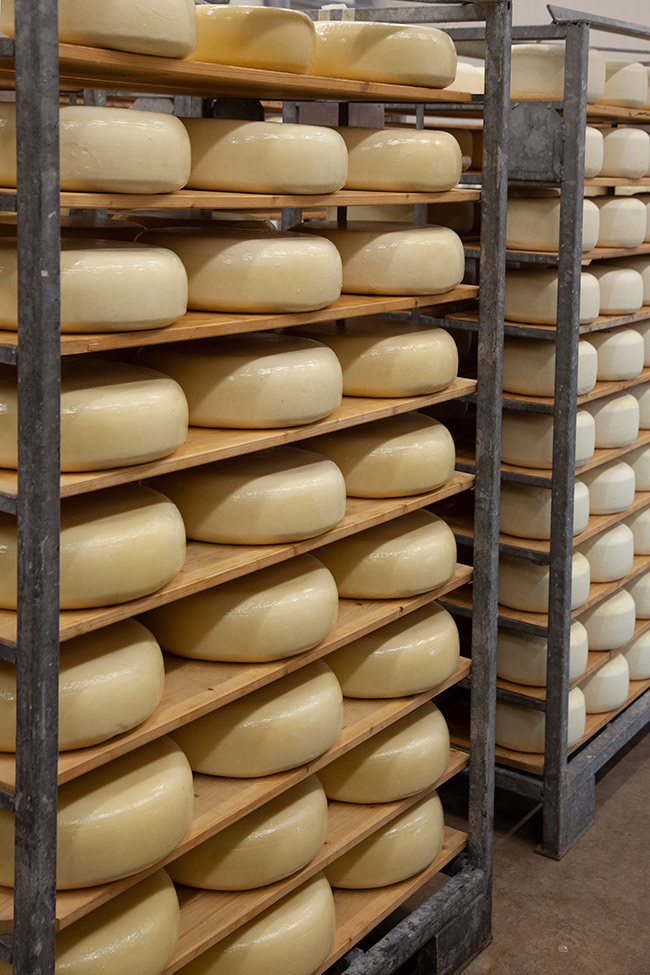
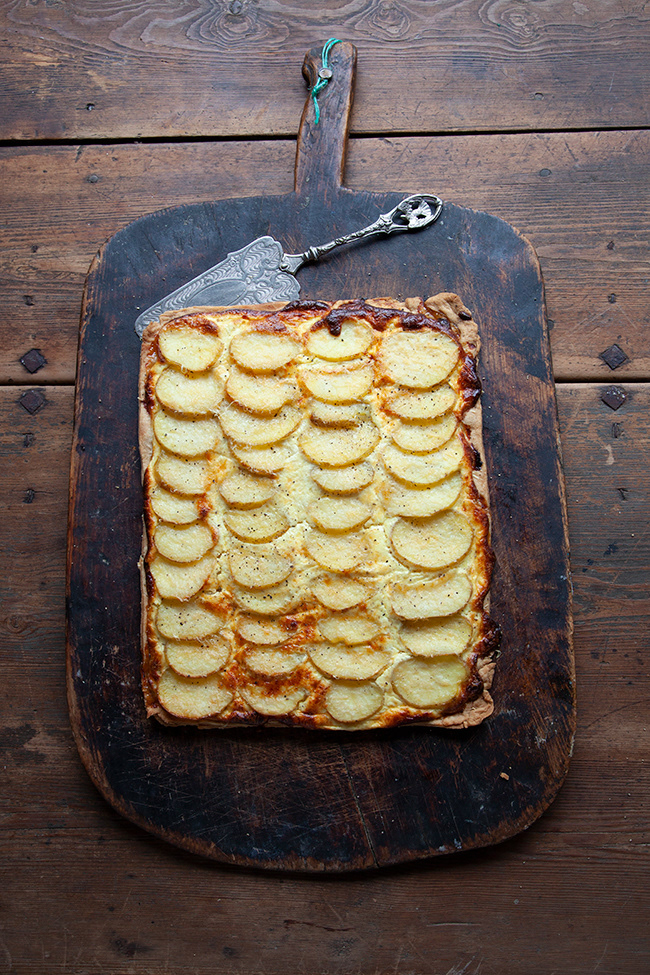
Tart 001
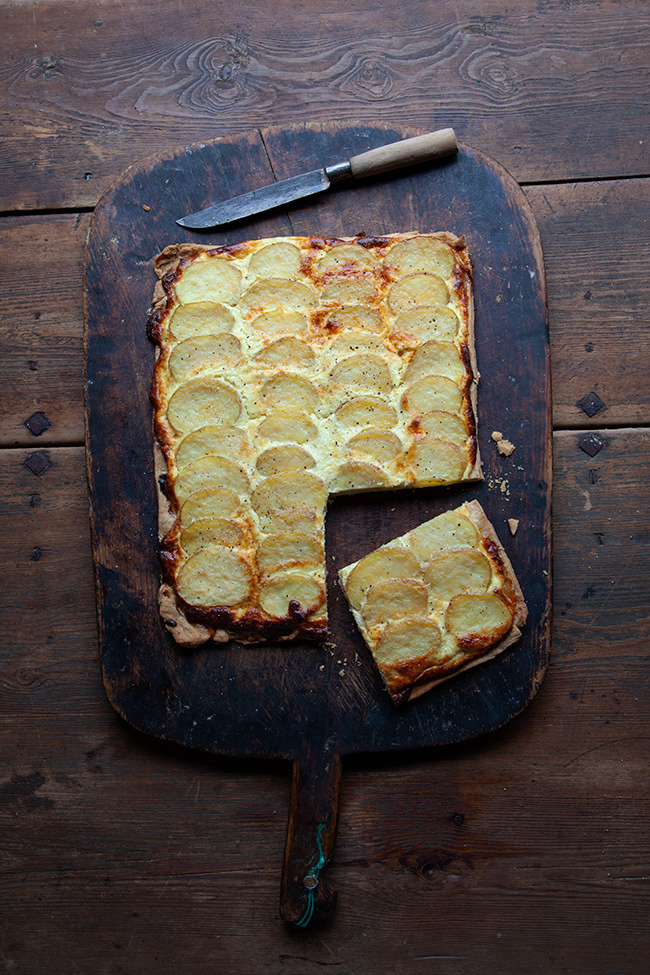
Tart 002
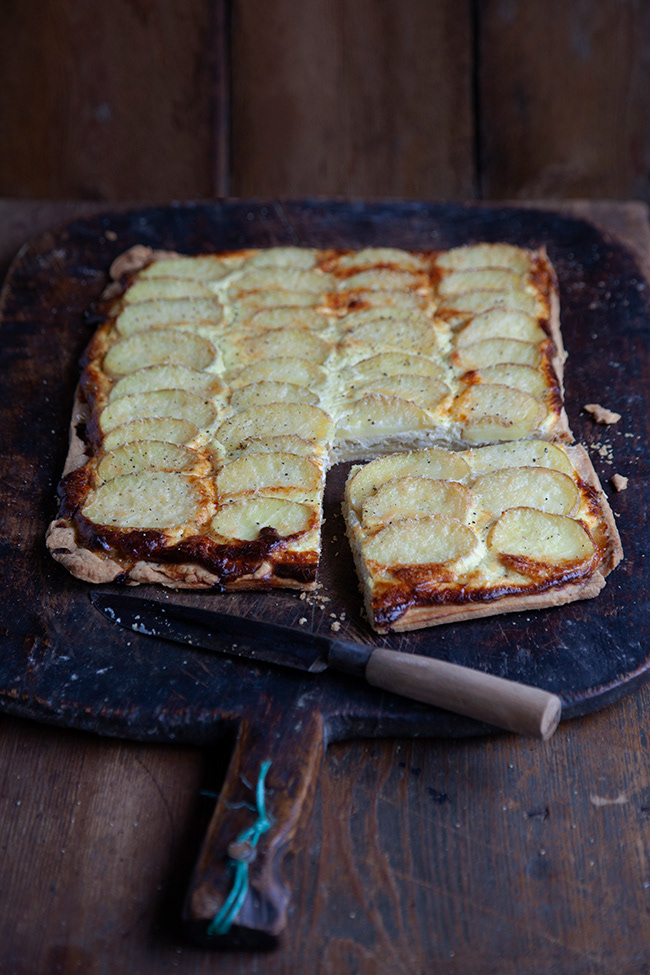
Tart 003
A beautiful tart of slow cooked and caramelized onions, fresh white cheese mixed with old Dutch cheese and topped with thinly sliced potatoes with more grated old Dutch cheese. Great for lunch with a green salad! And what’s left is fantastic a snack with a glass of beer or wine the next day.
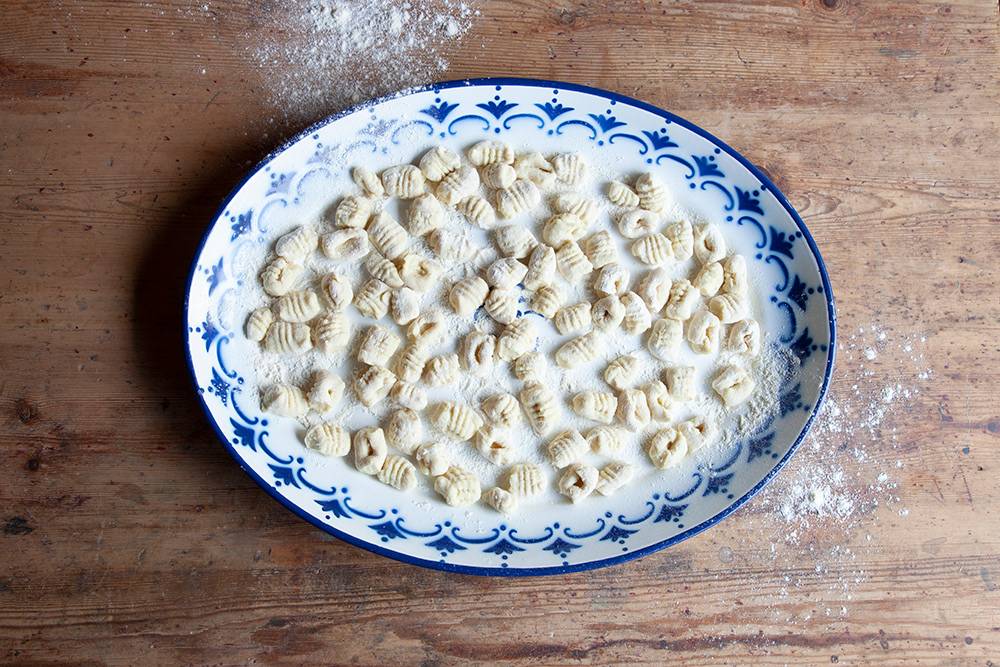
Gnocchi 001

Gnocchi 002
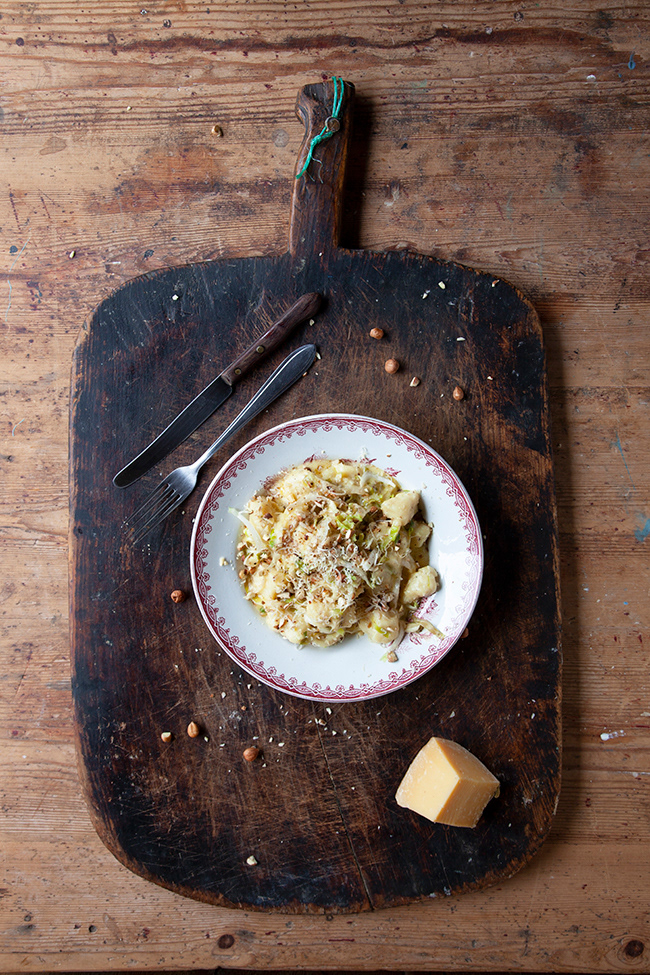
Gnocchi 003
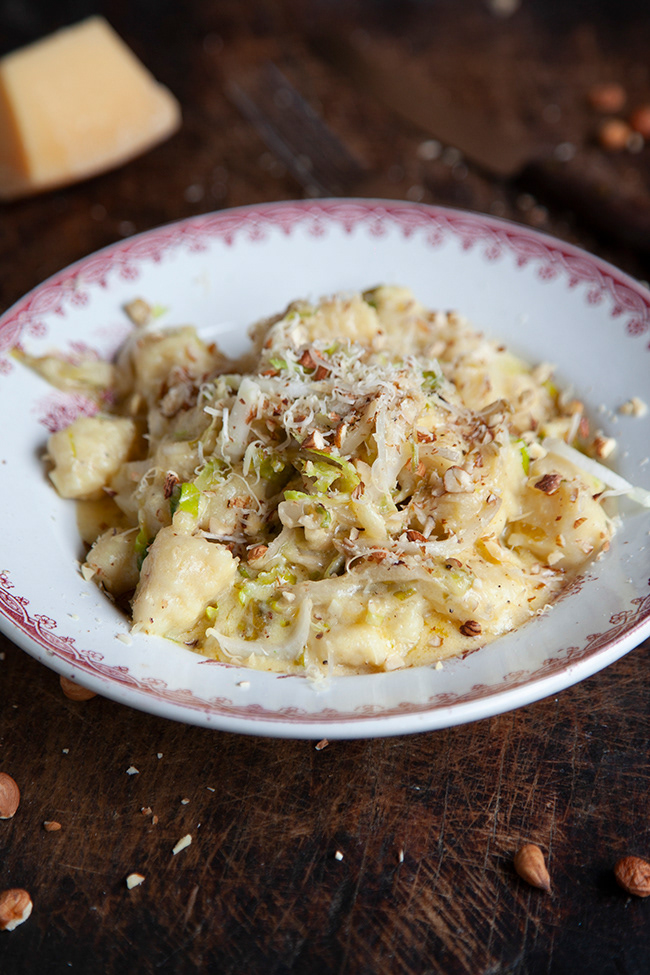
Gnocchi 004
For this recipe I’ve used Kaaslust’s Torba Casa which you easily can replace by a full-fat Dutch Cheese, such as Gouda for example. What you need is cheese that melts easily into the sauce. If you want you can also use Italian Fontina, that also works quite well.
The creamy cheese sauce combines perfectly with chicory and hazelnuts. Gnocchi are easy to make yourself, all you’ll need are some good quality floury potatoes, some flour, an egg and some time, love and care. If you don’t have the time to make them yourself, you can use good quality shop bought or replace the gnocchi for some pasta. It’s an easy adaptable recipe.

Witlof 001
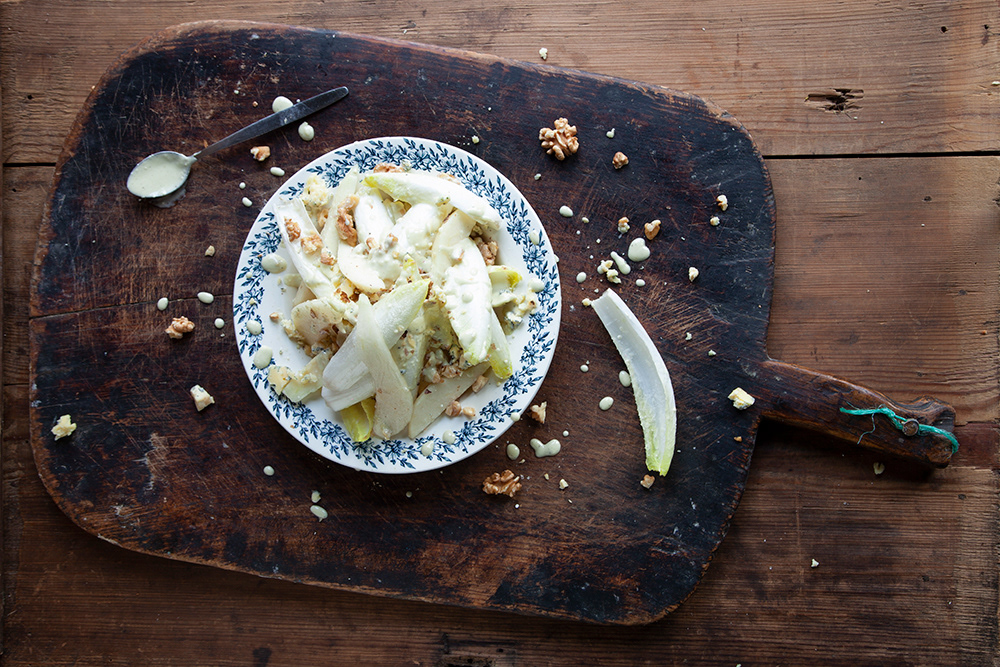
Witlof 002
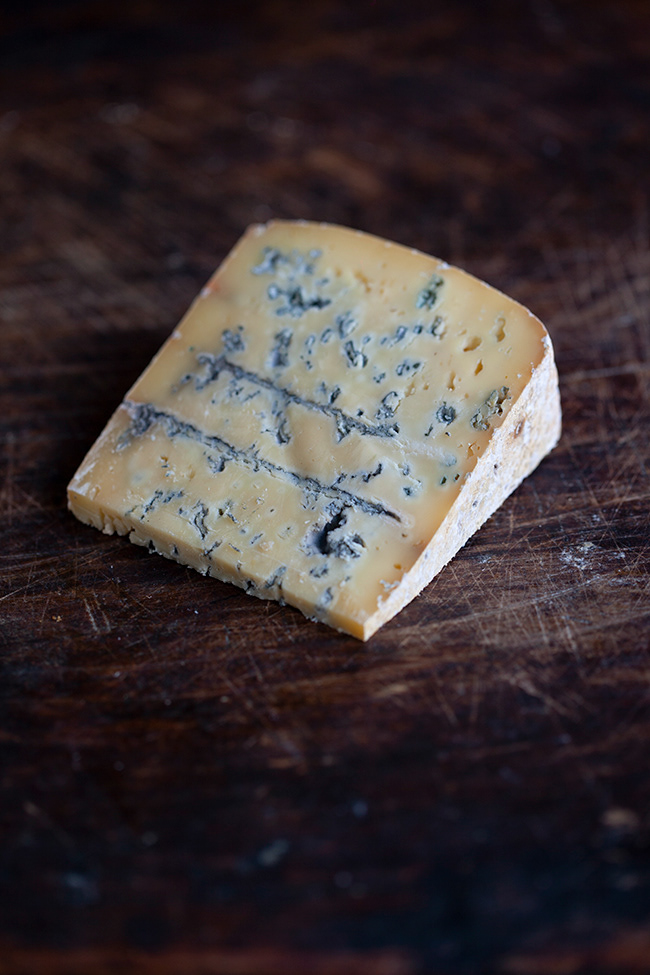
Witlof 003
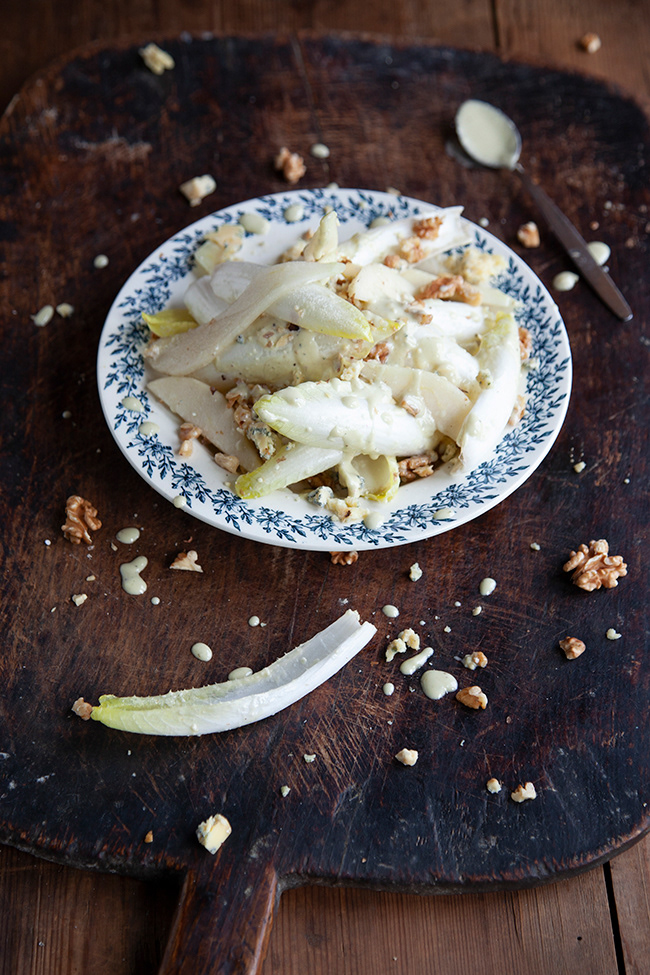
Witlof 004
Most people think of French cheeses like the famous Roquefort when they think of blue cheese, or maybe a Danish cheese springs to mind. But many countries have their own blue cheese version. Blue cheese is made with cultures of the mold Penicillium, giving it spots or veins of the mold throughout the cheese, which can vary in colour through various shades of blue and green.
For this salad with chicory, pear and walnuts I’ve used a Dutch blue cheese of Kaaslust, which is great, also thrown through some pasta for example. But you can replace the Dutch blue cheese in this recipe for a local blue cheese or Roquefort for example.

